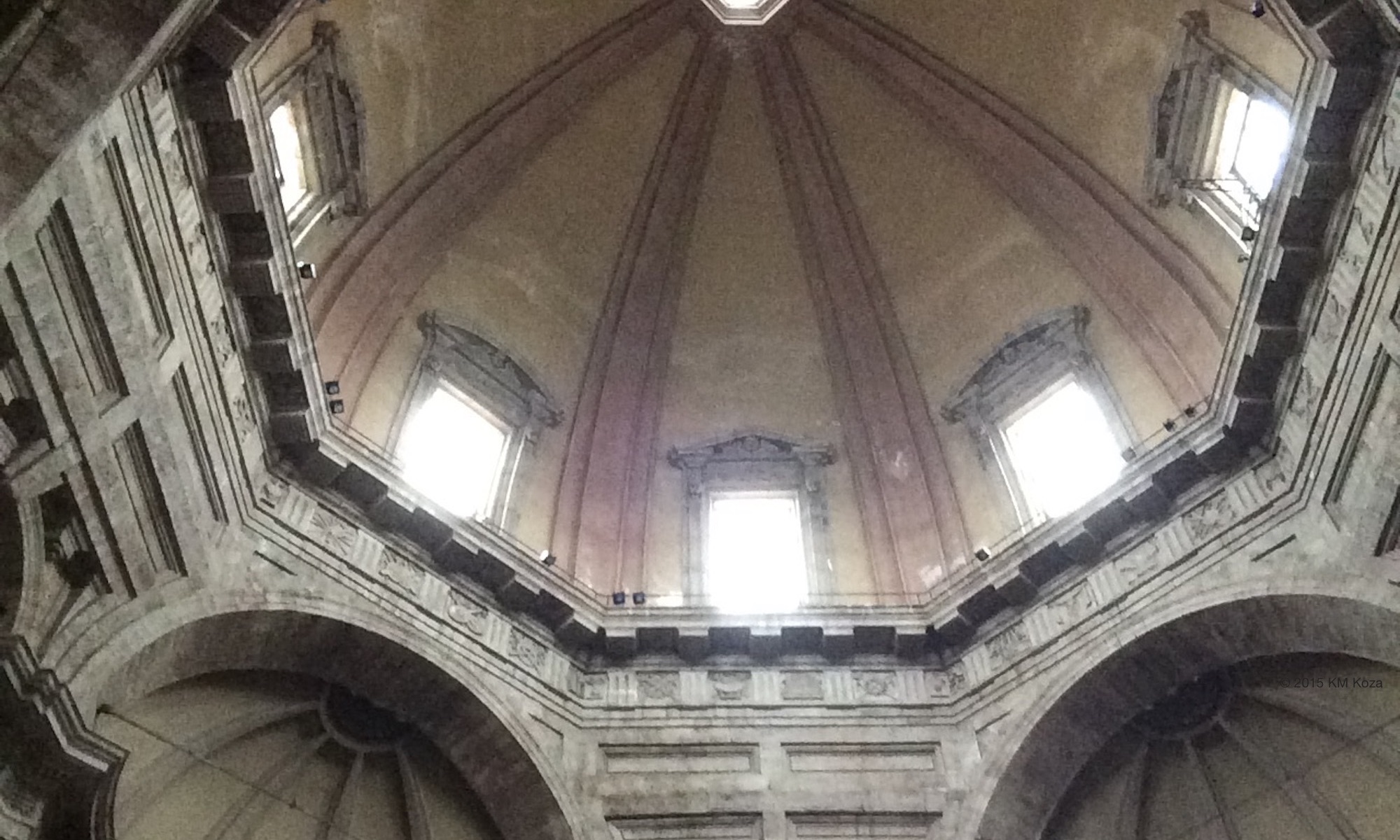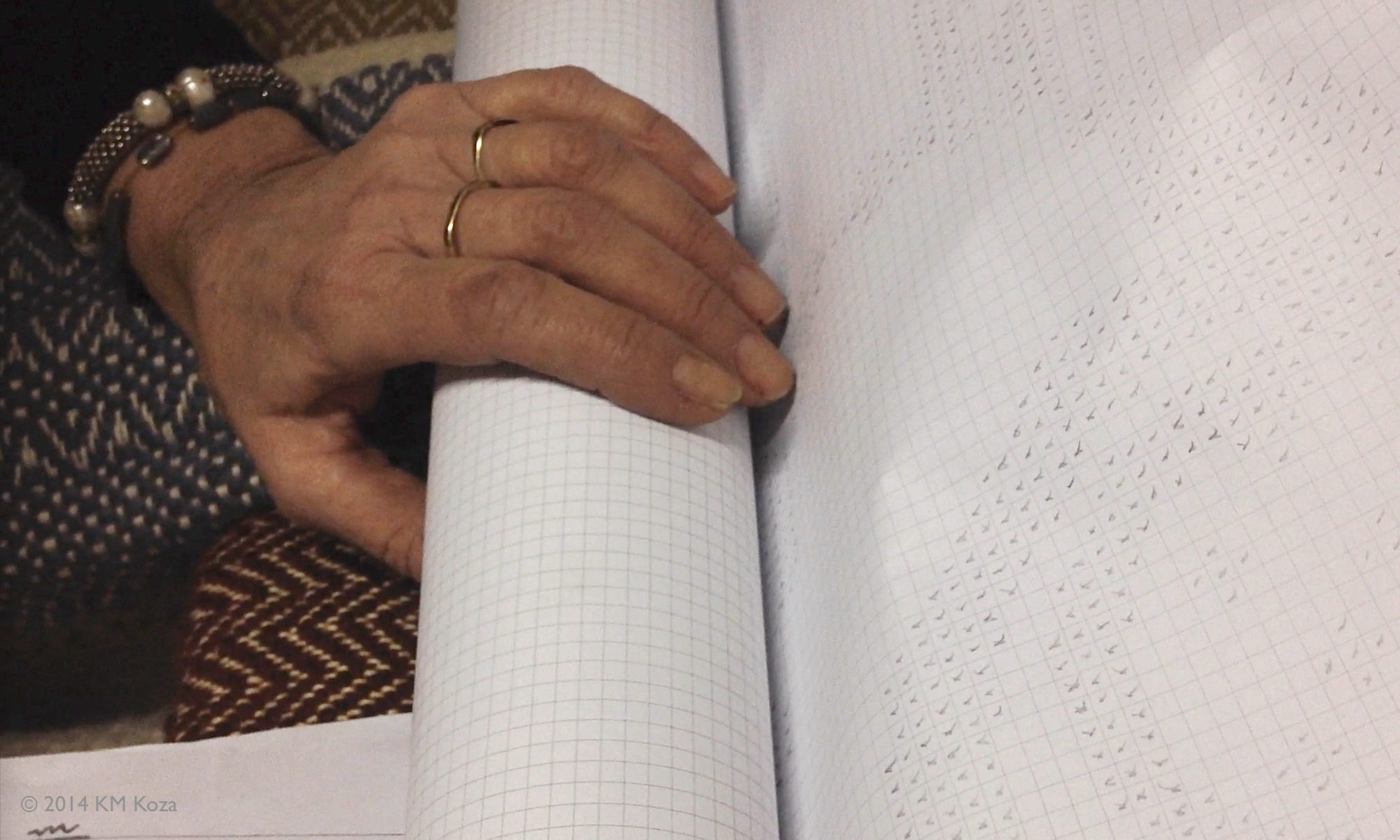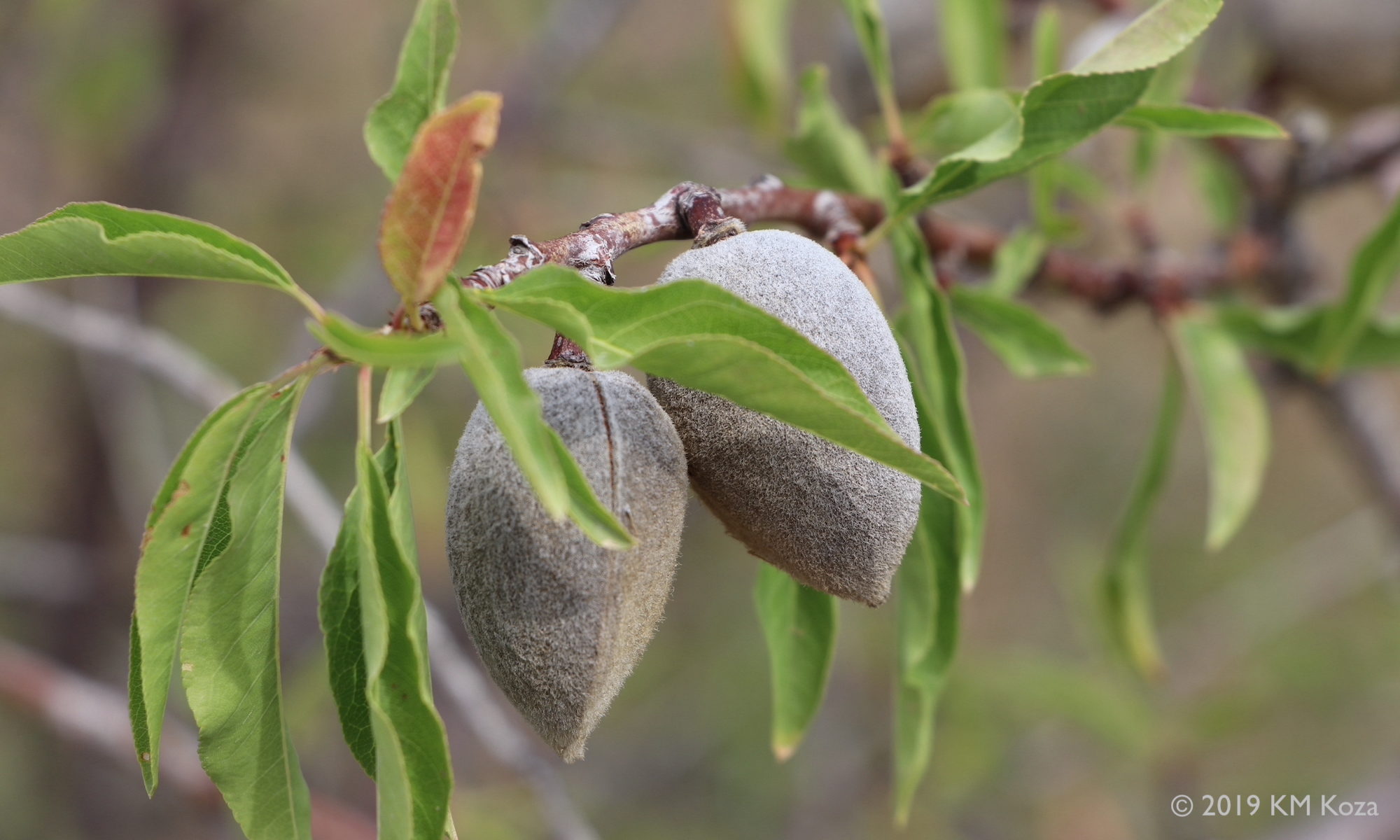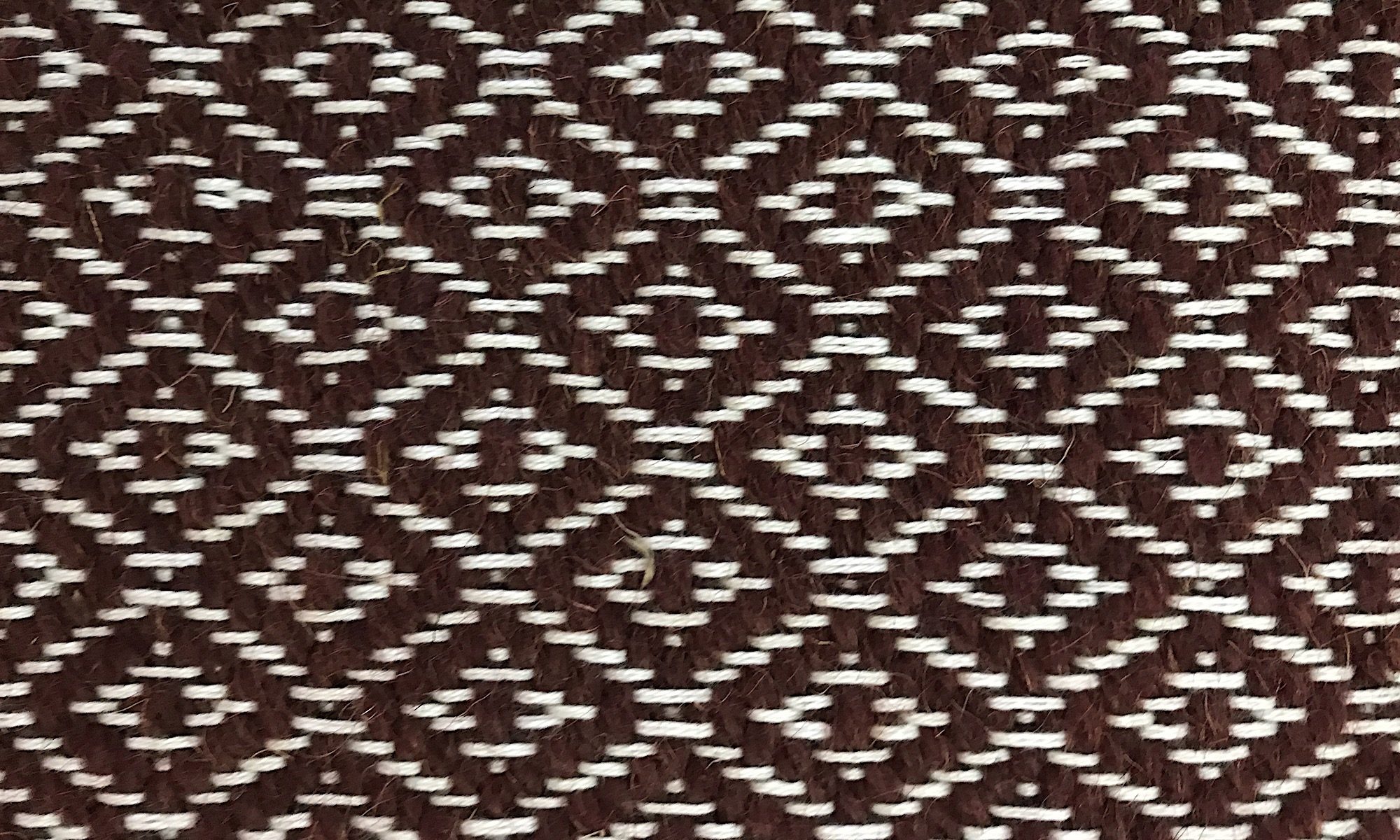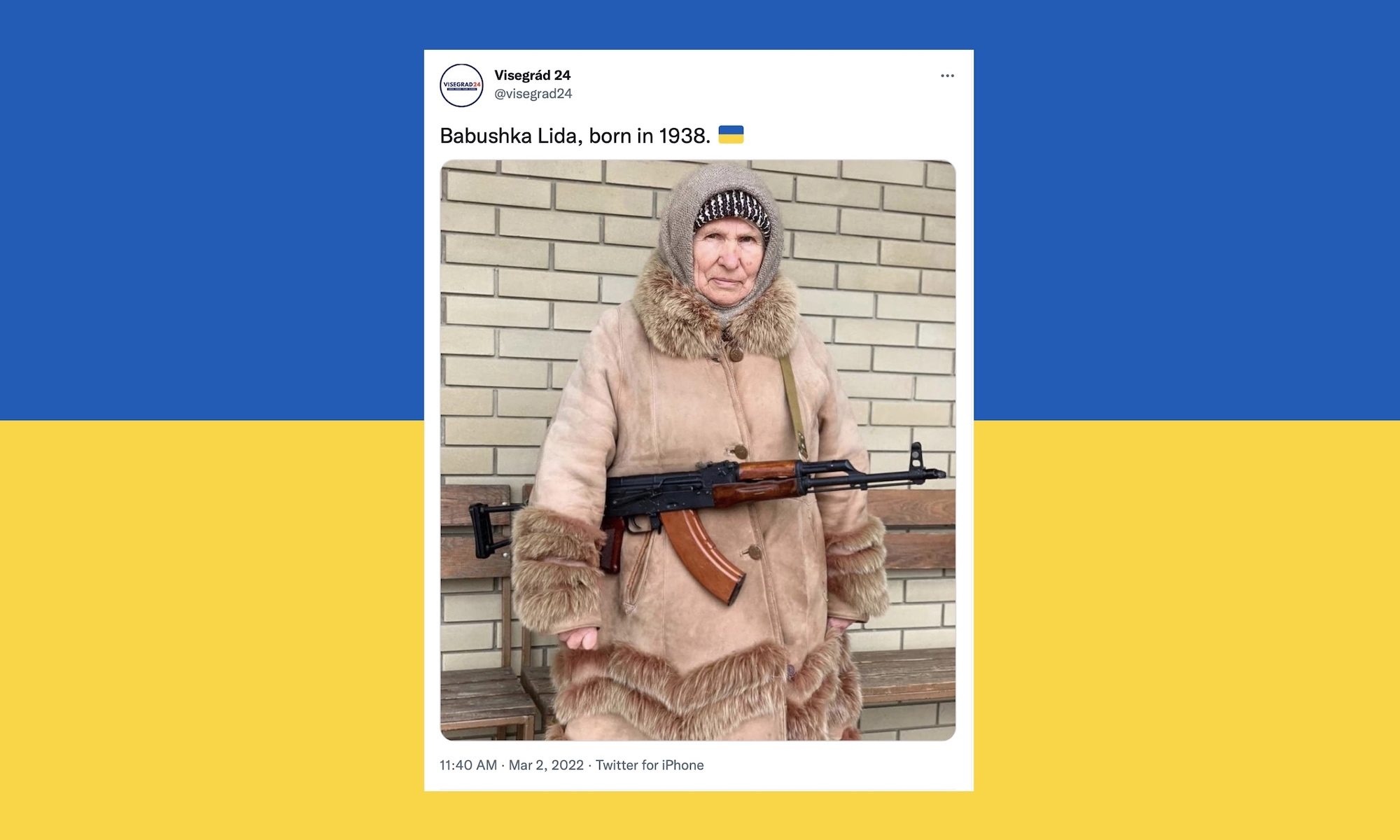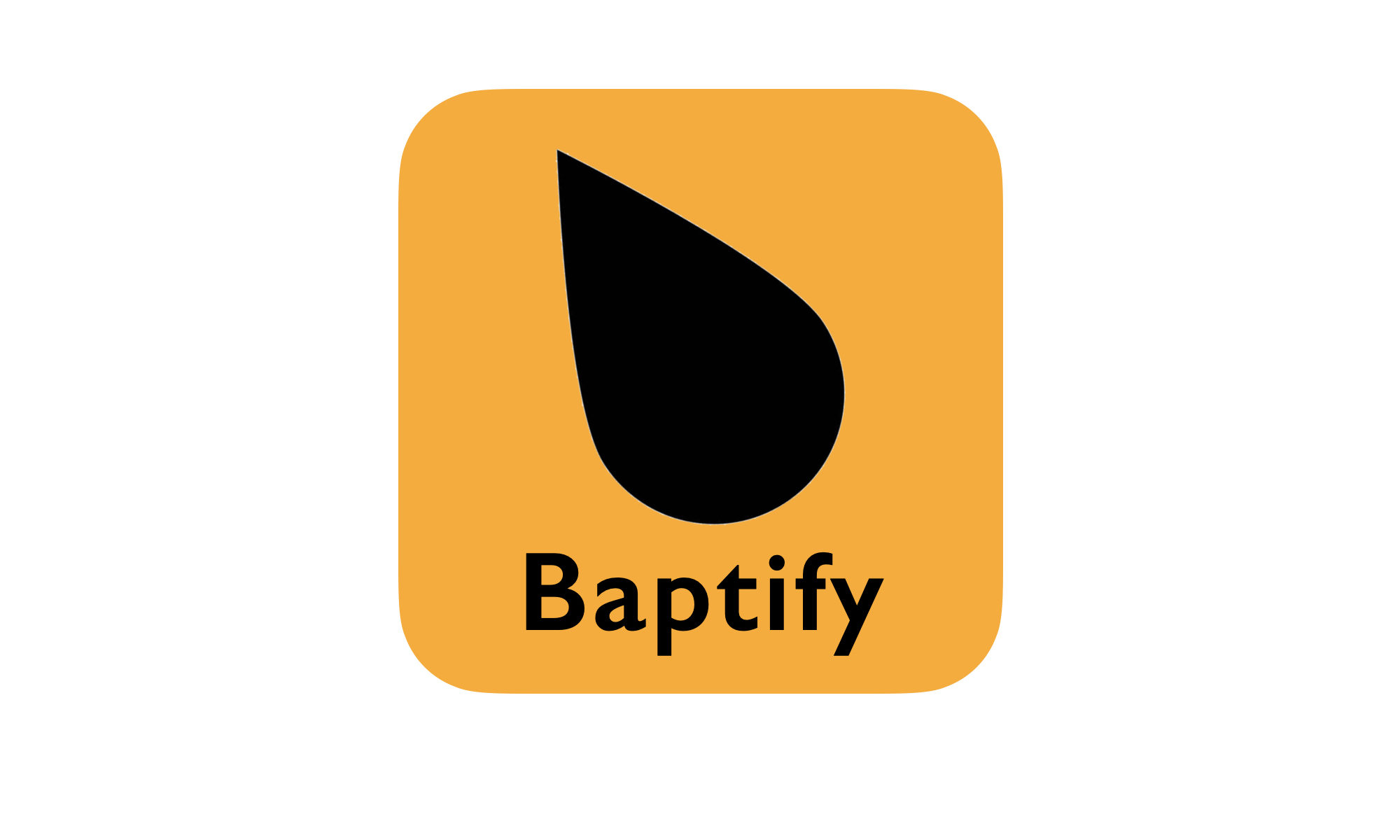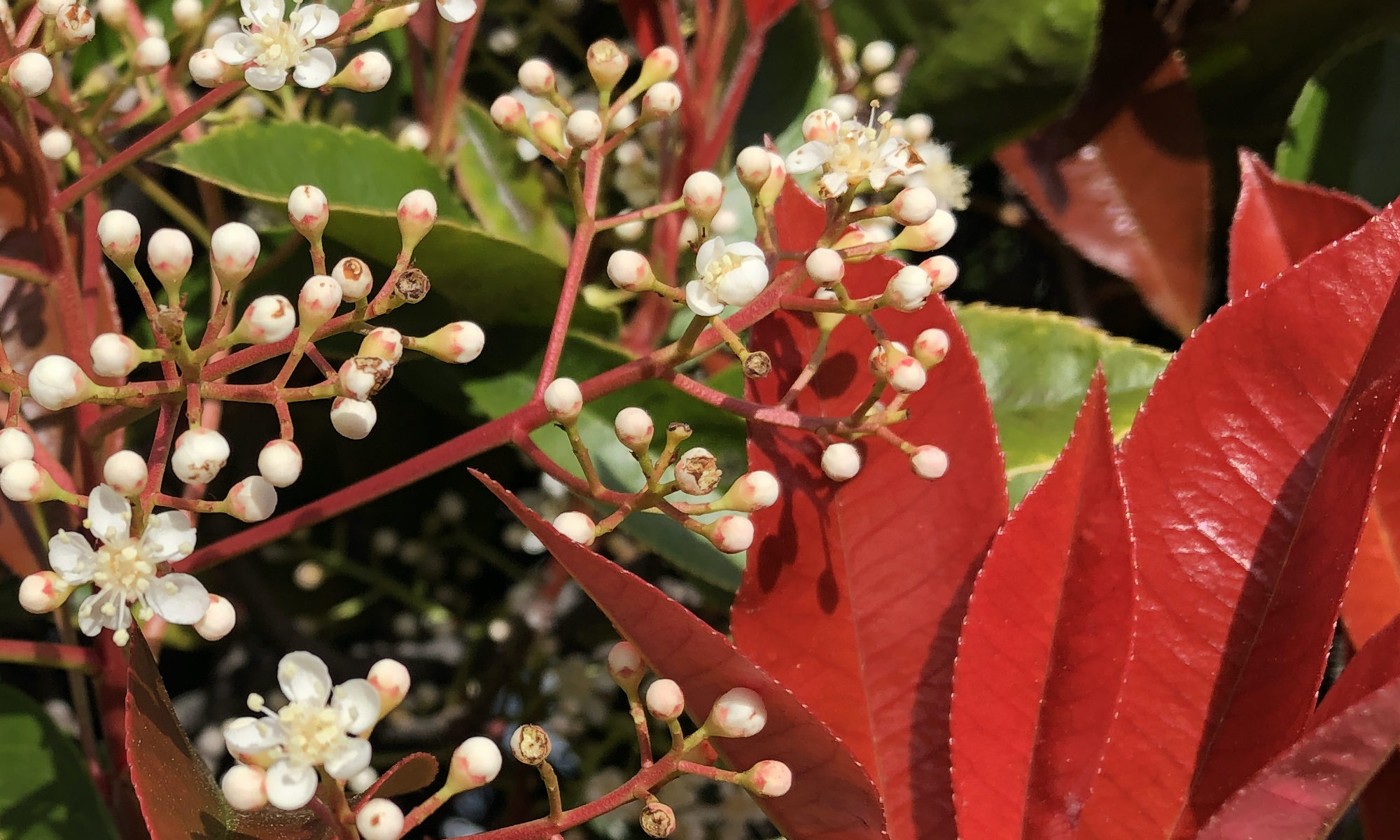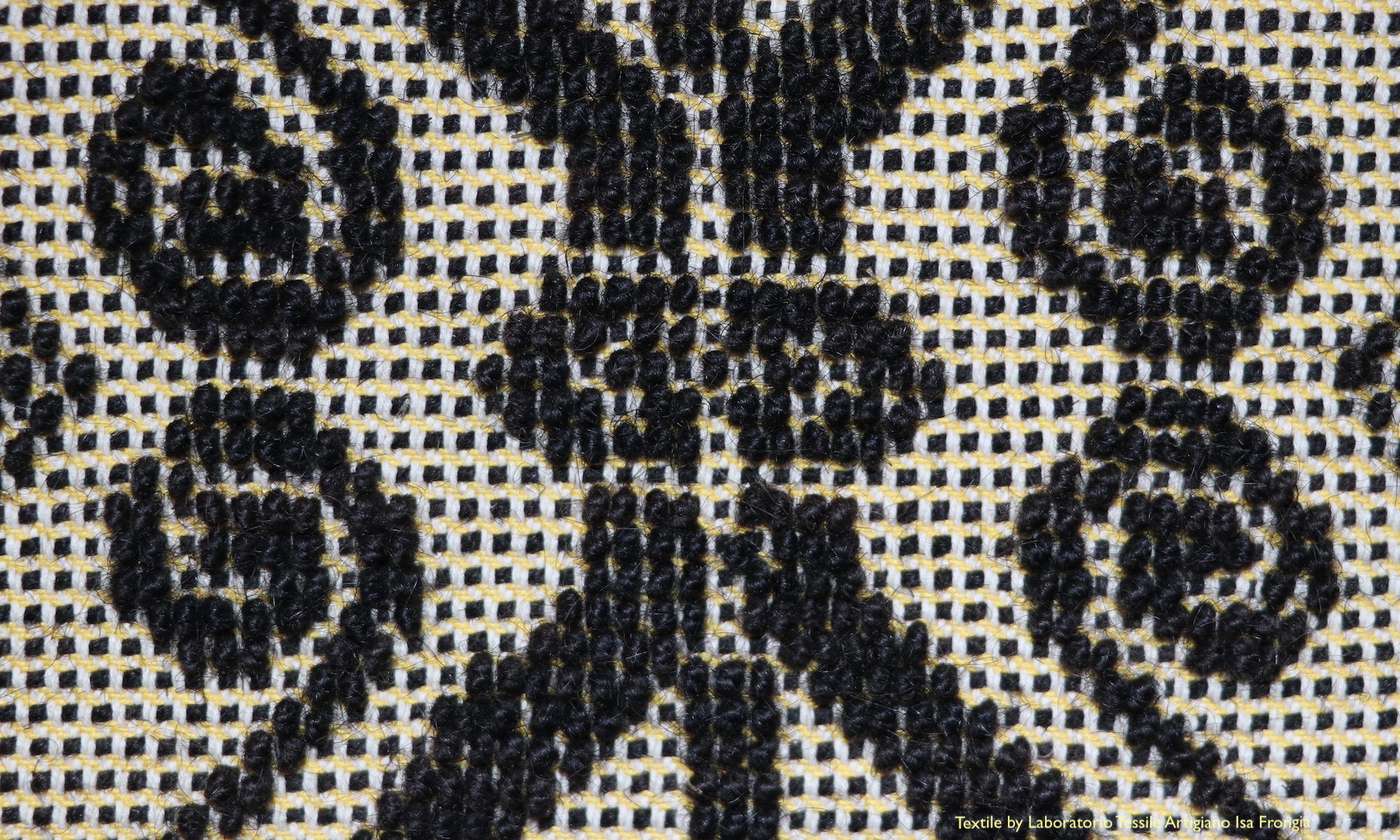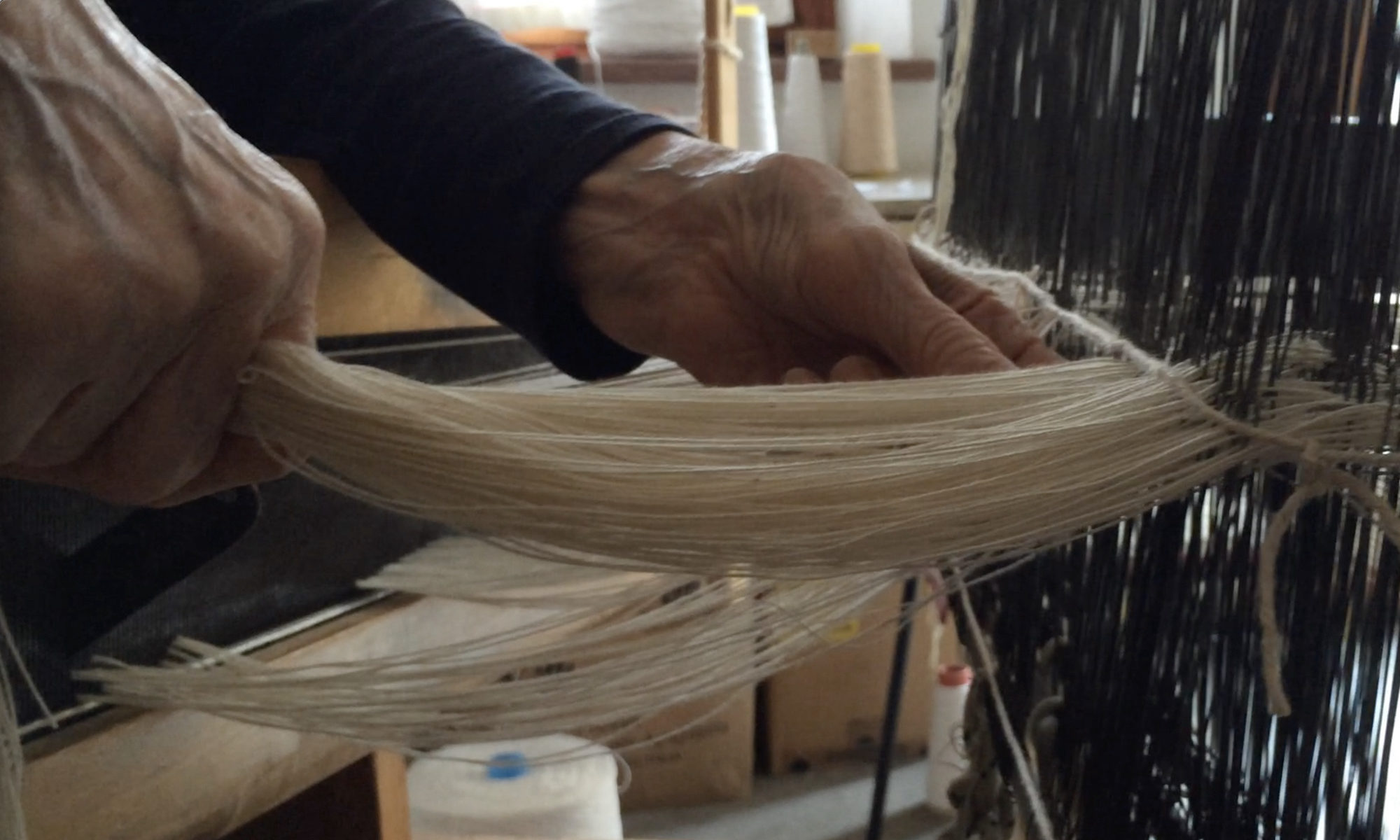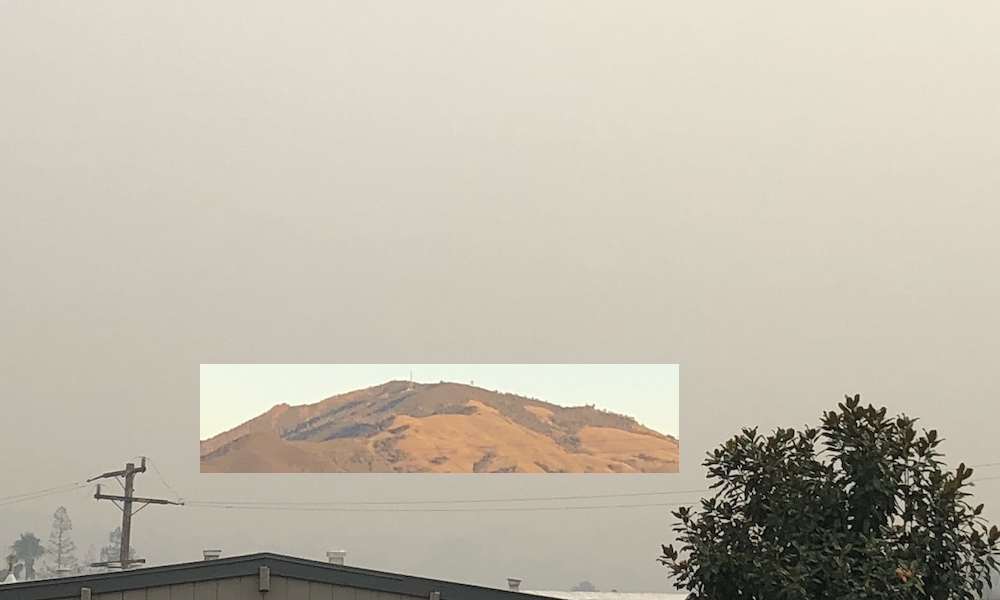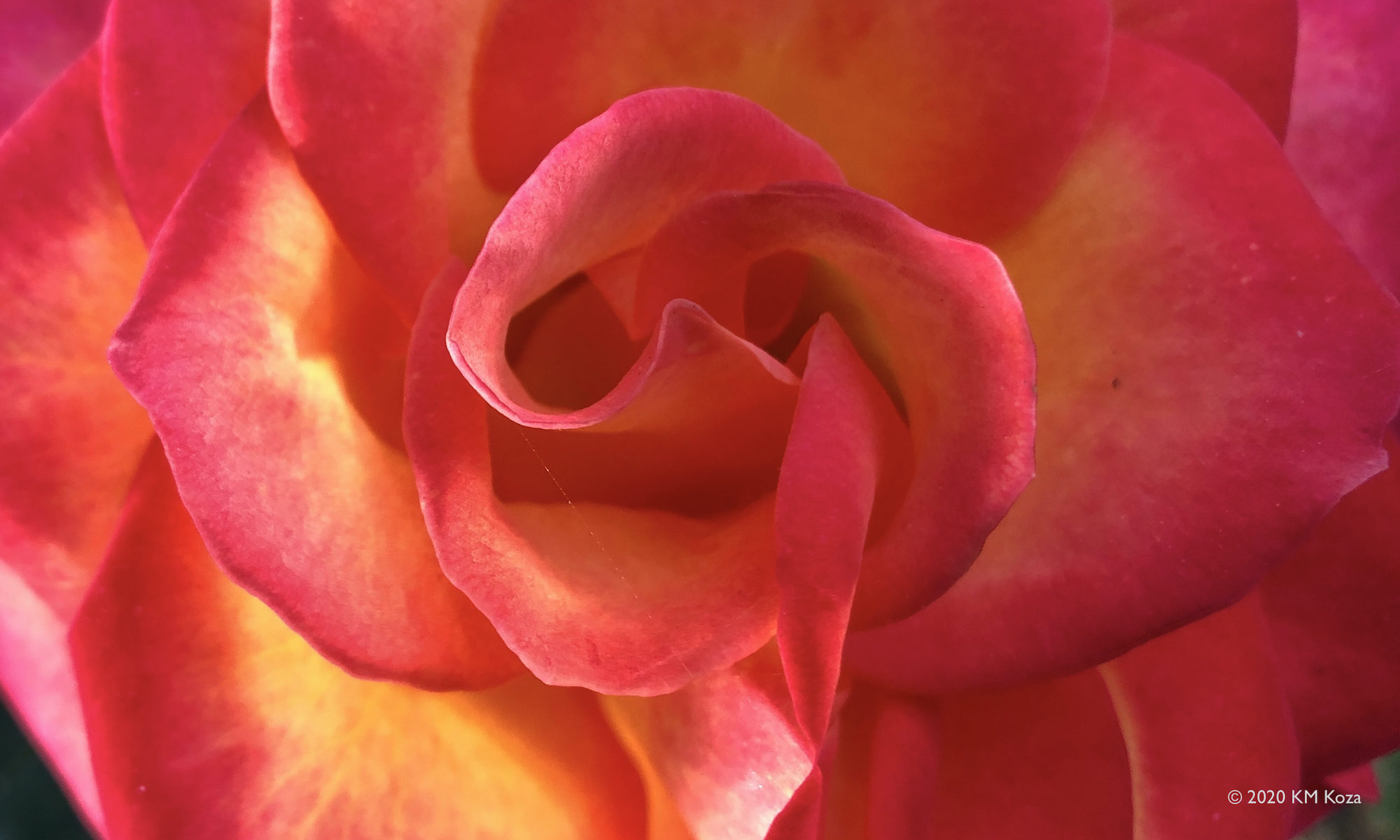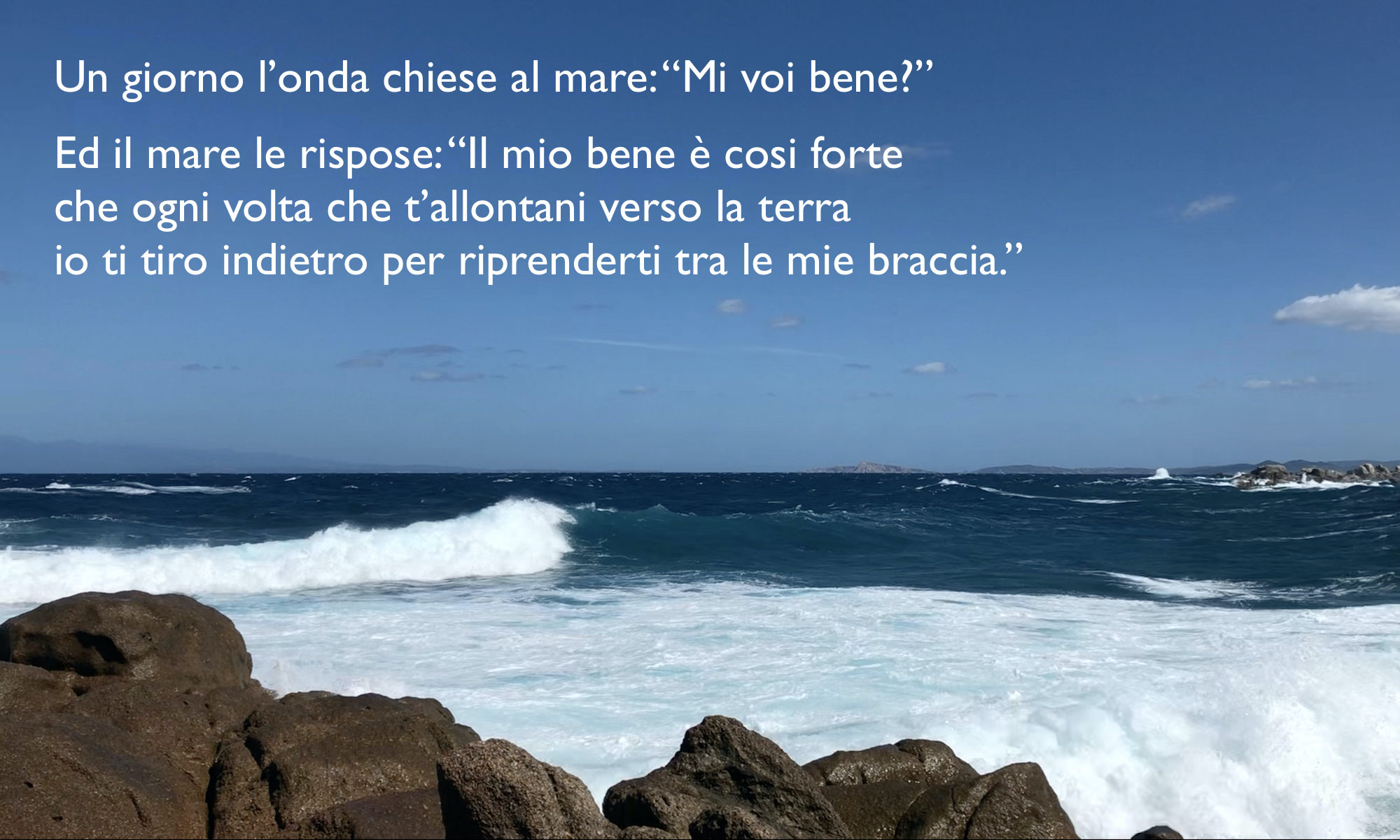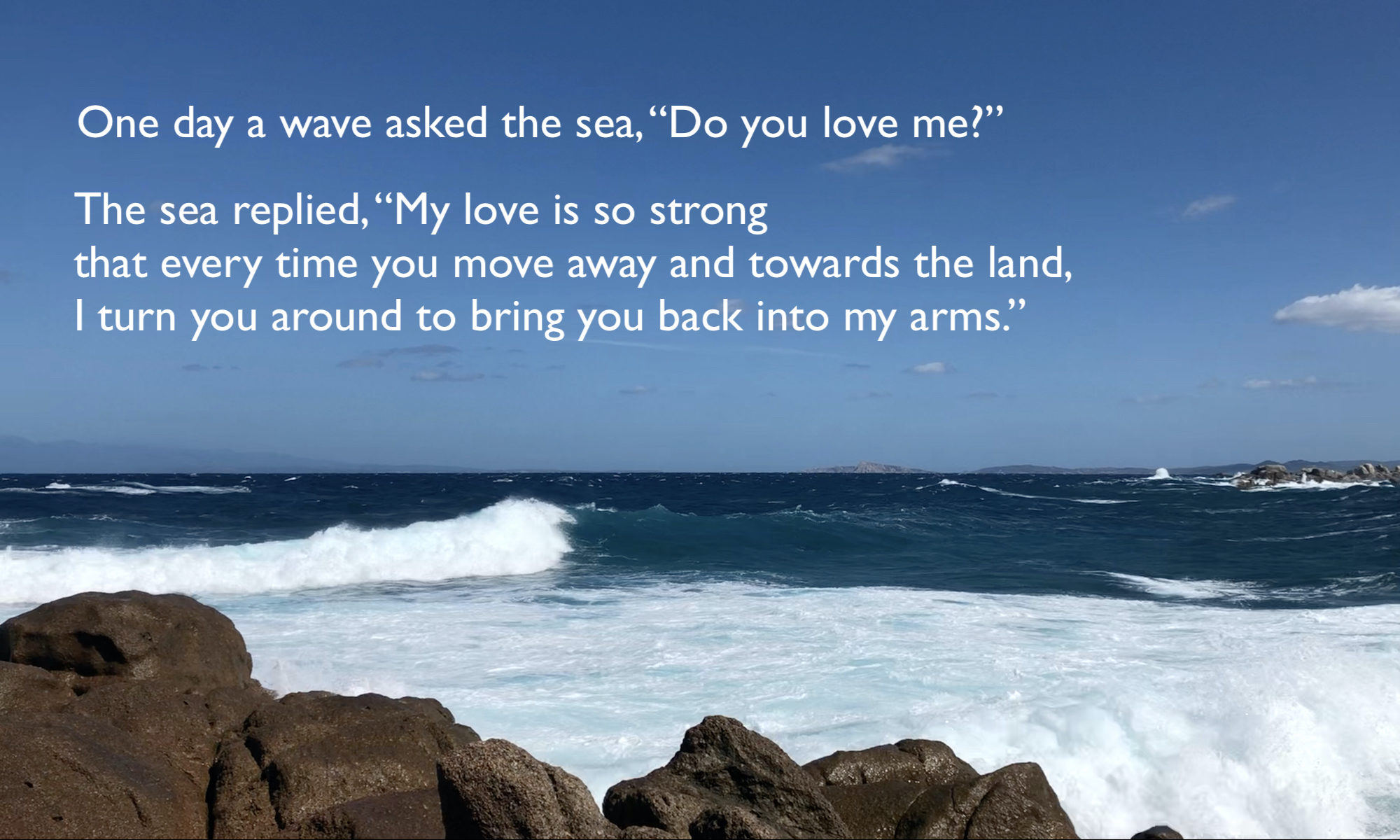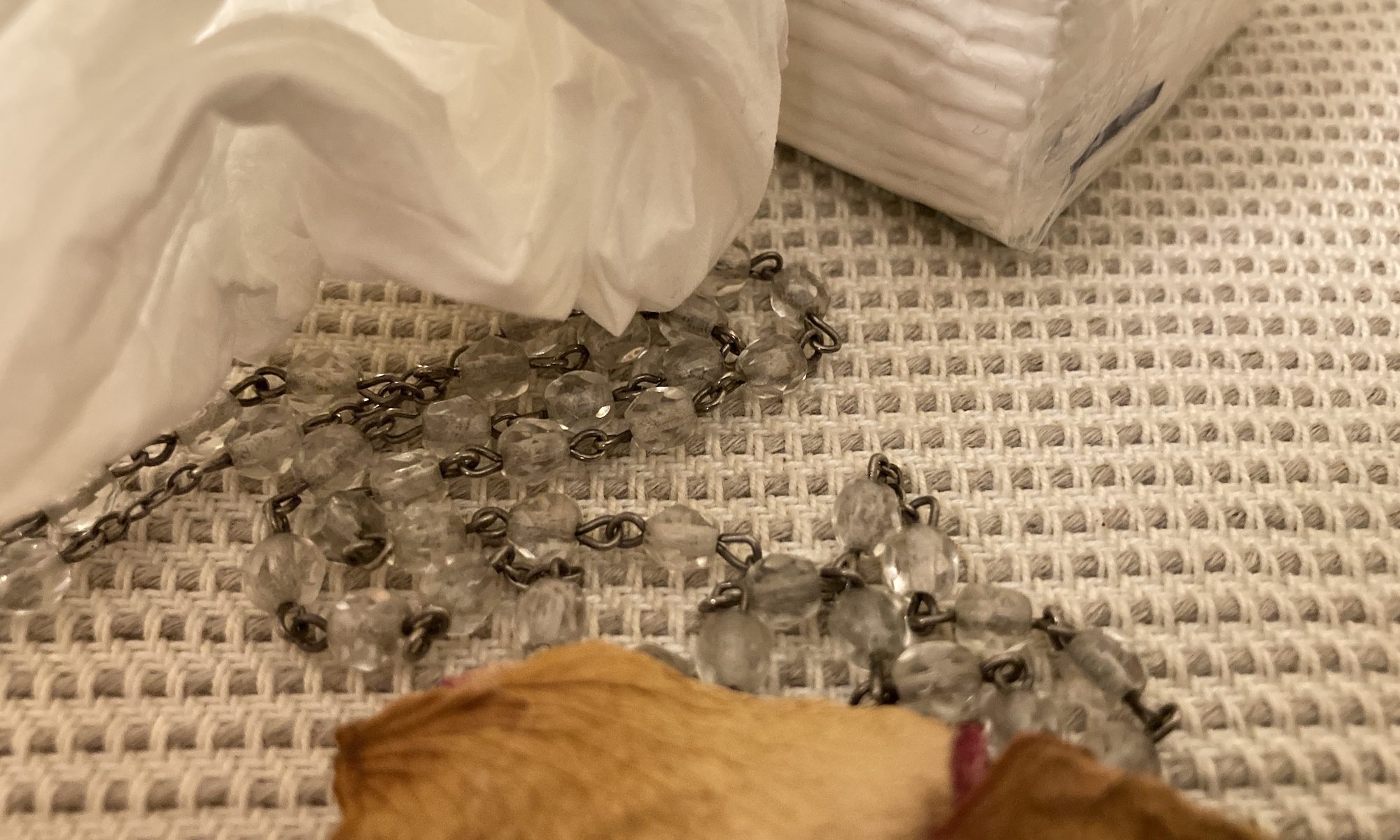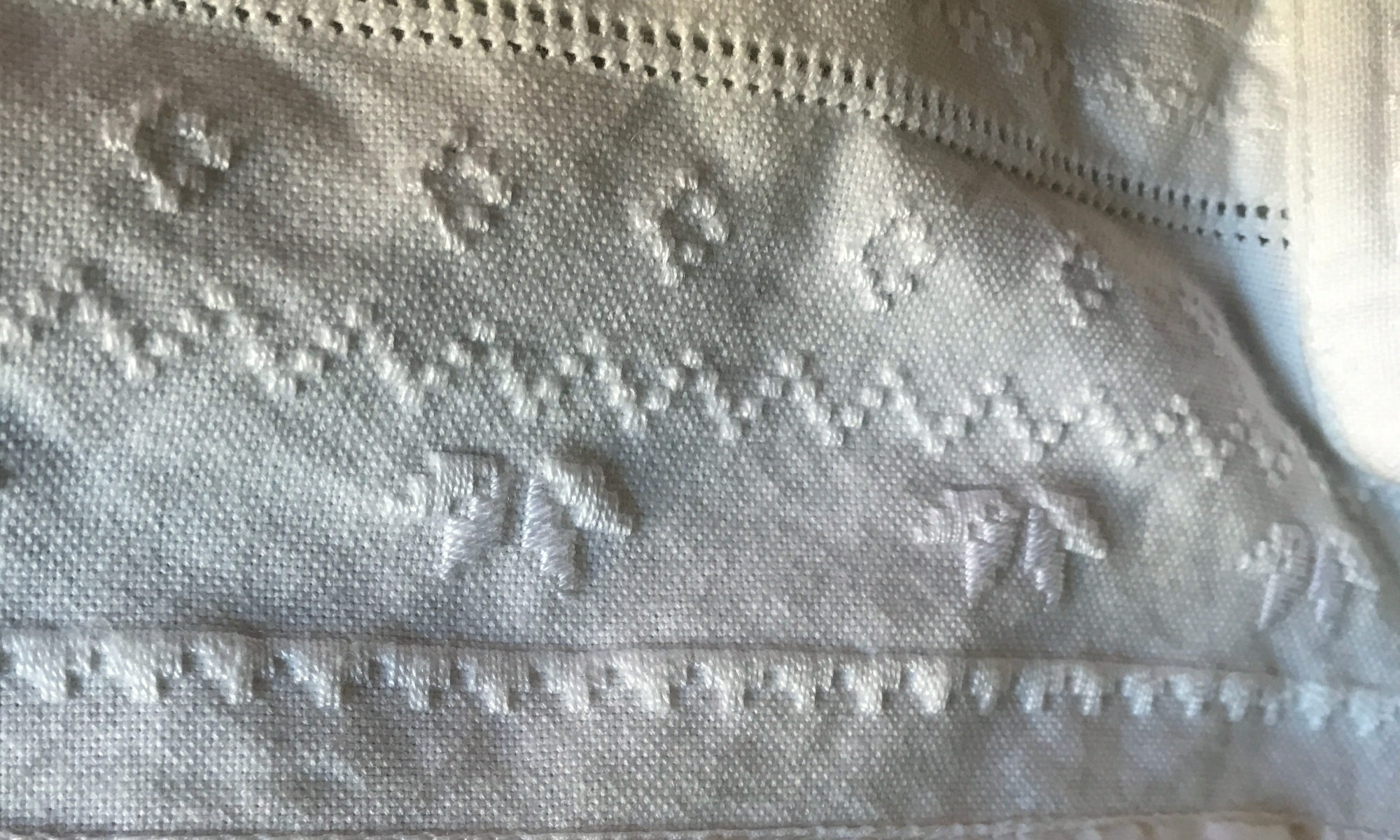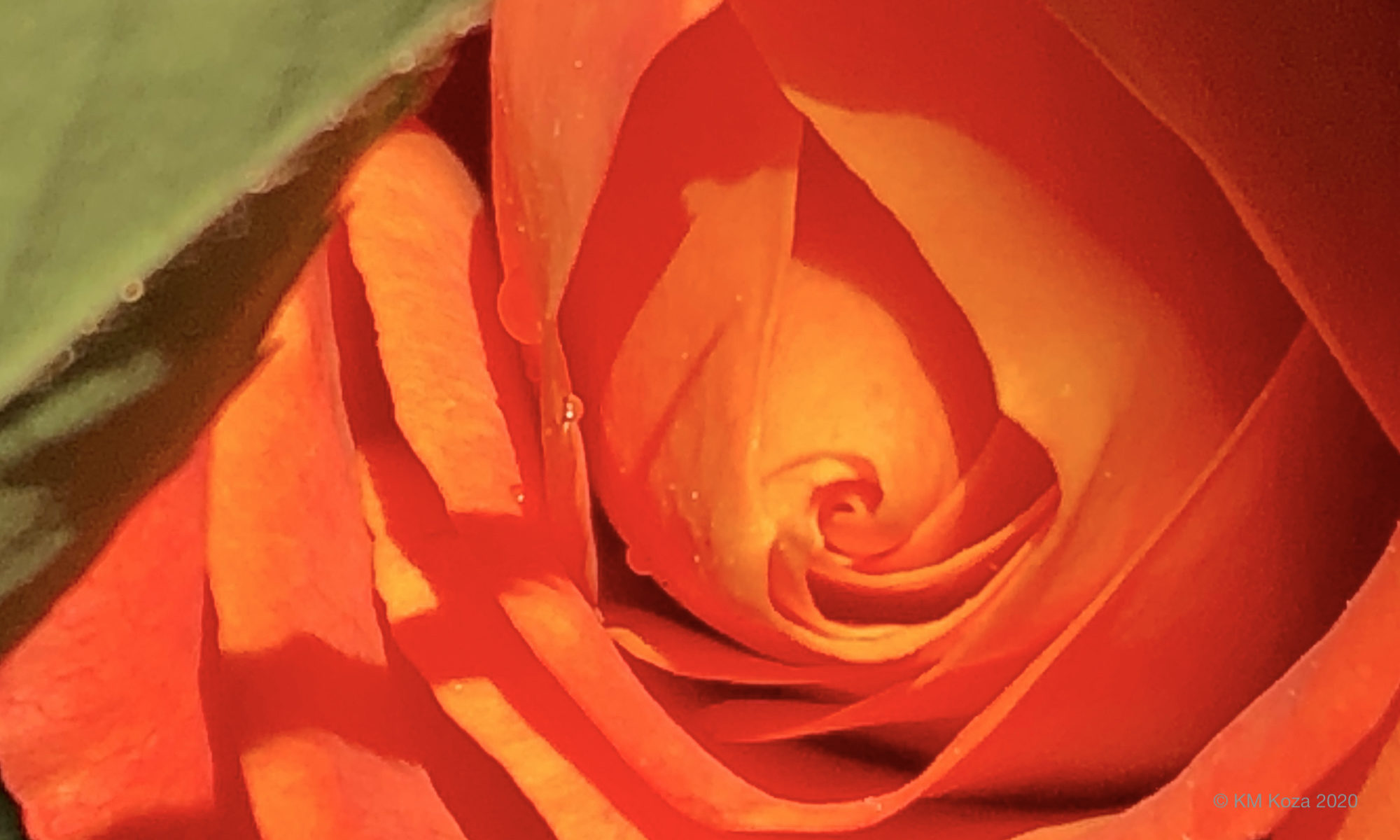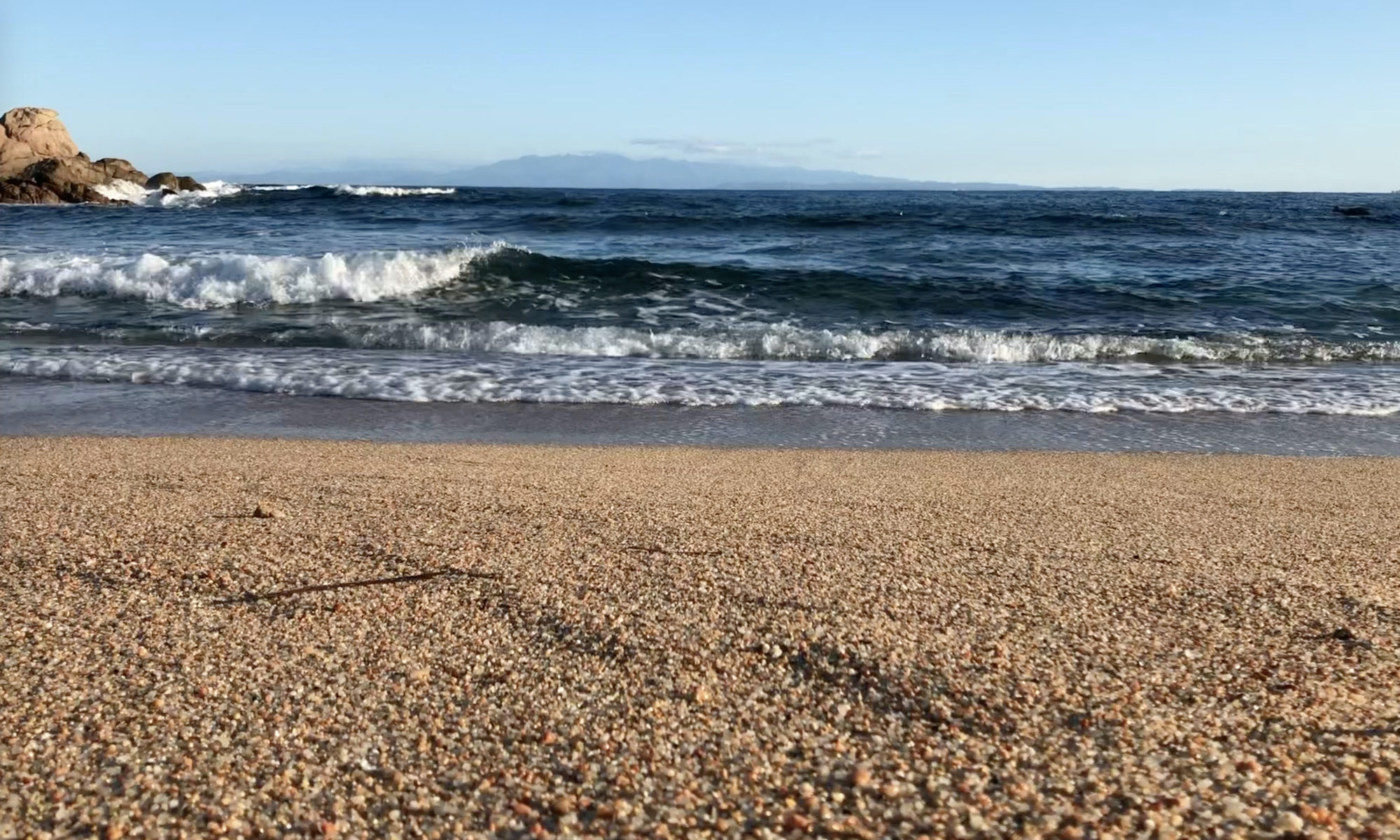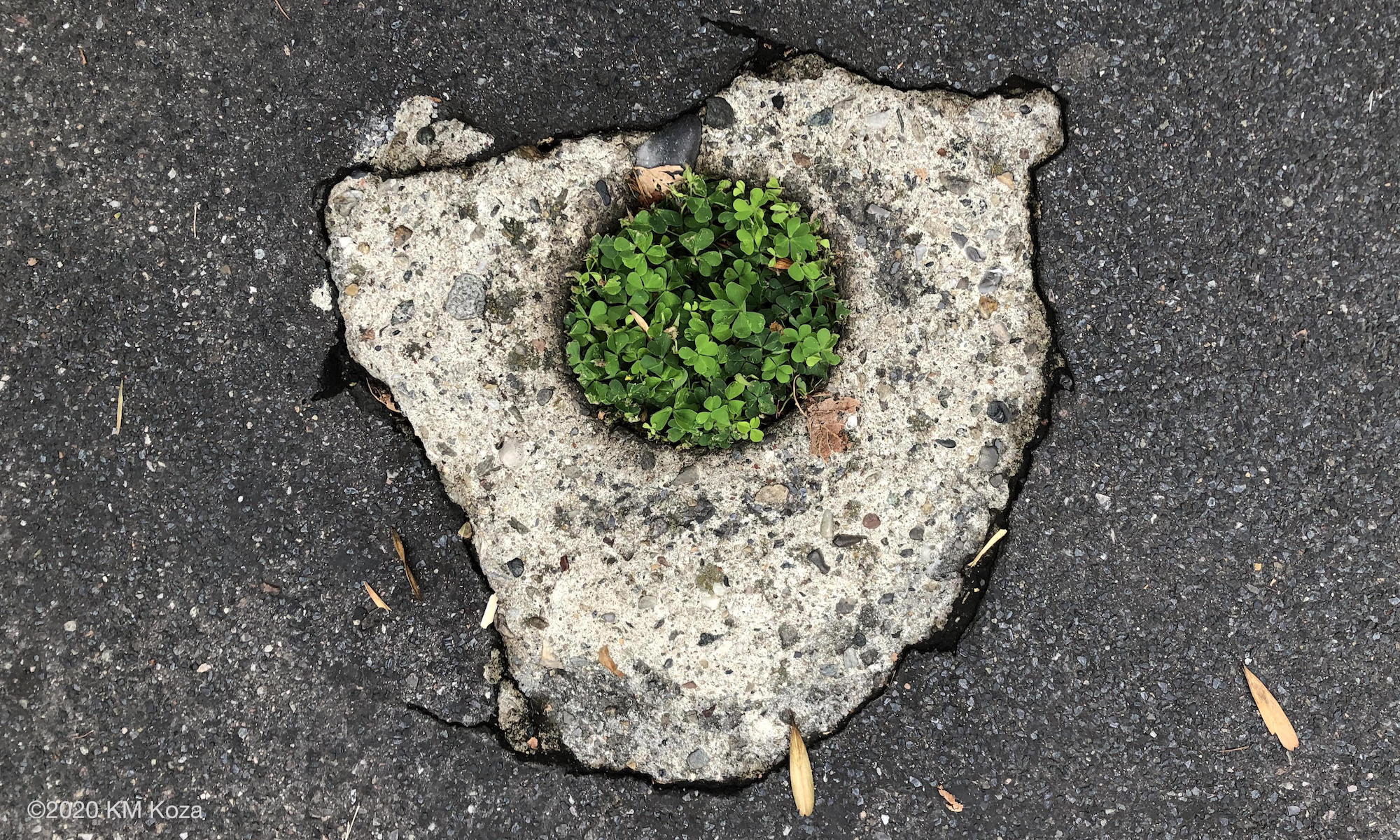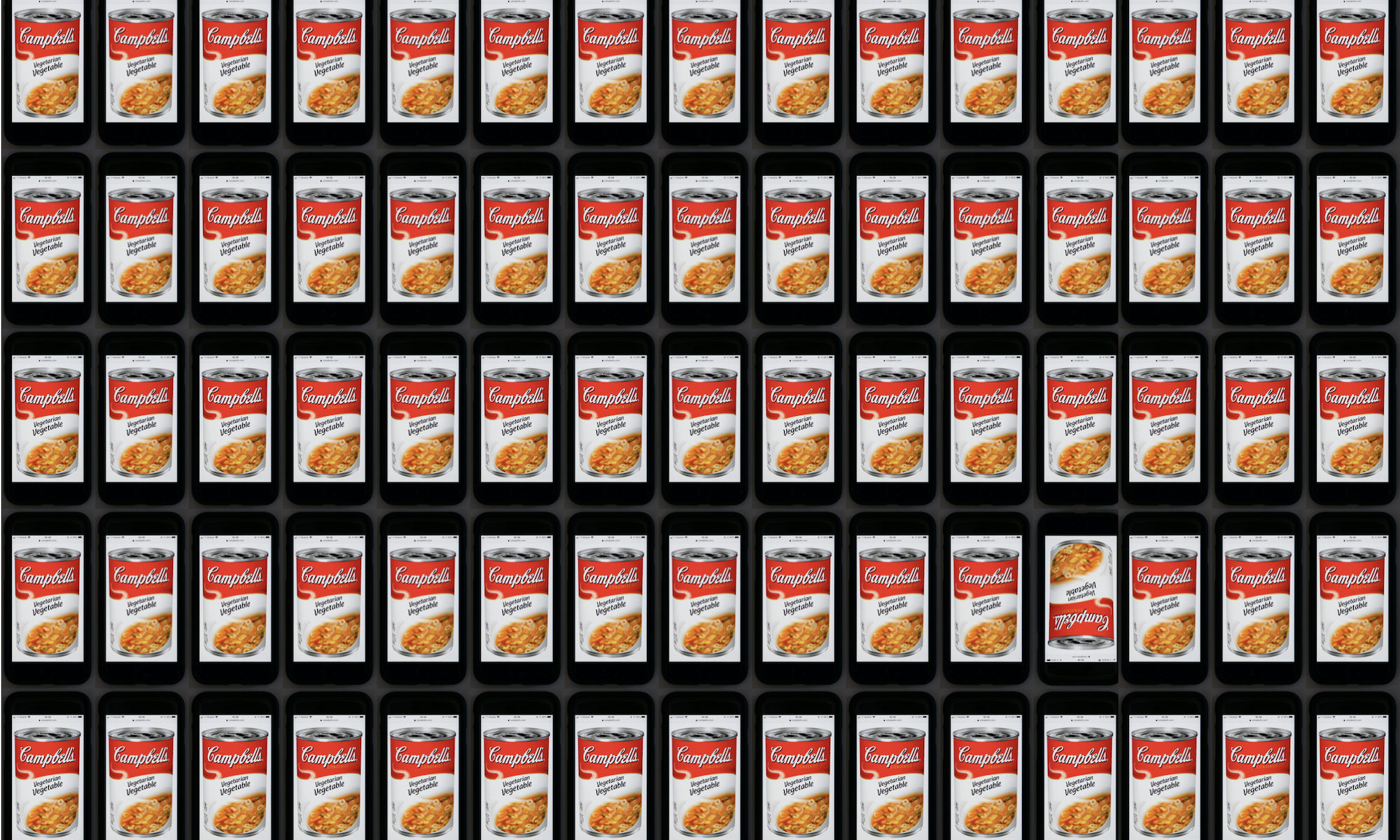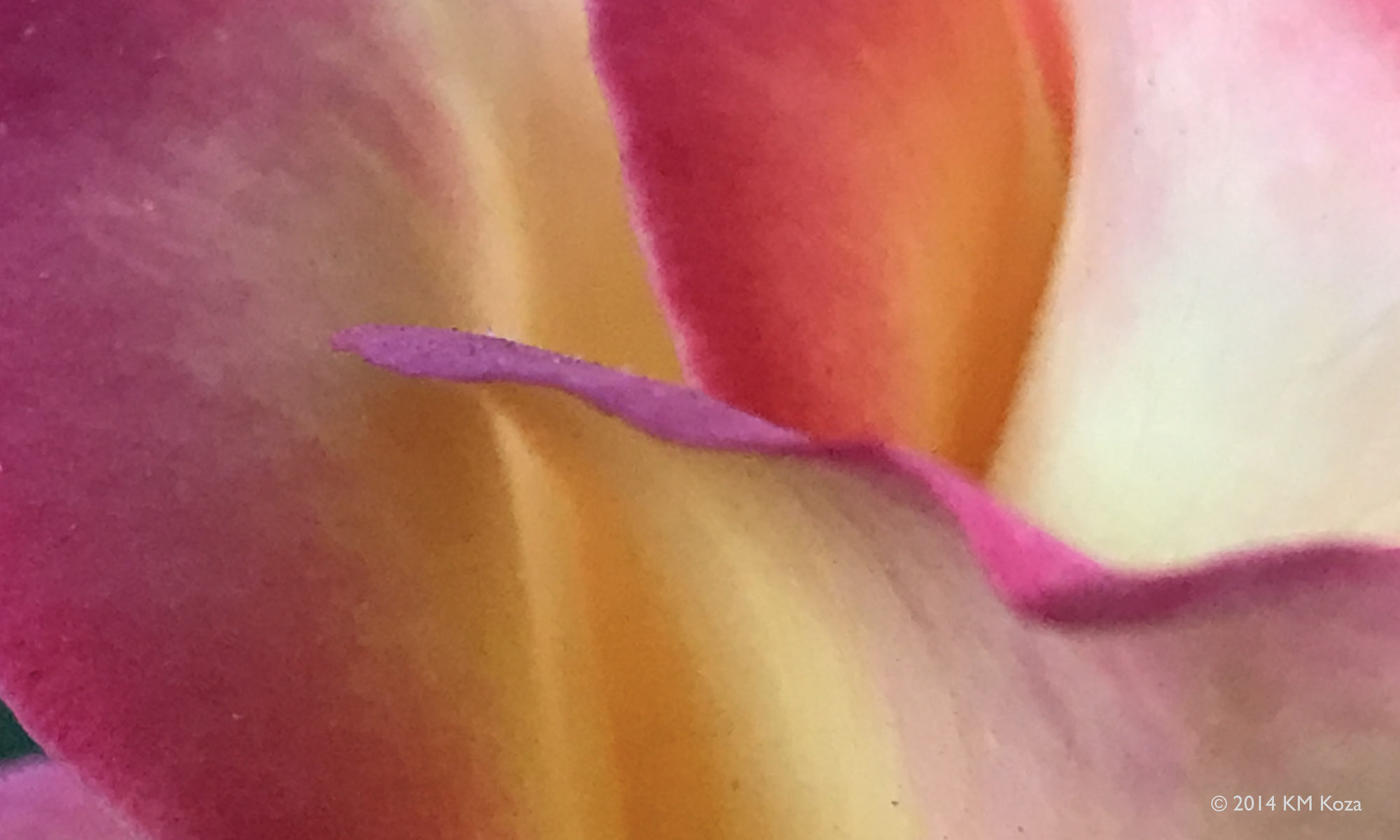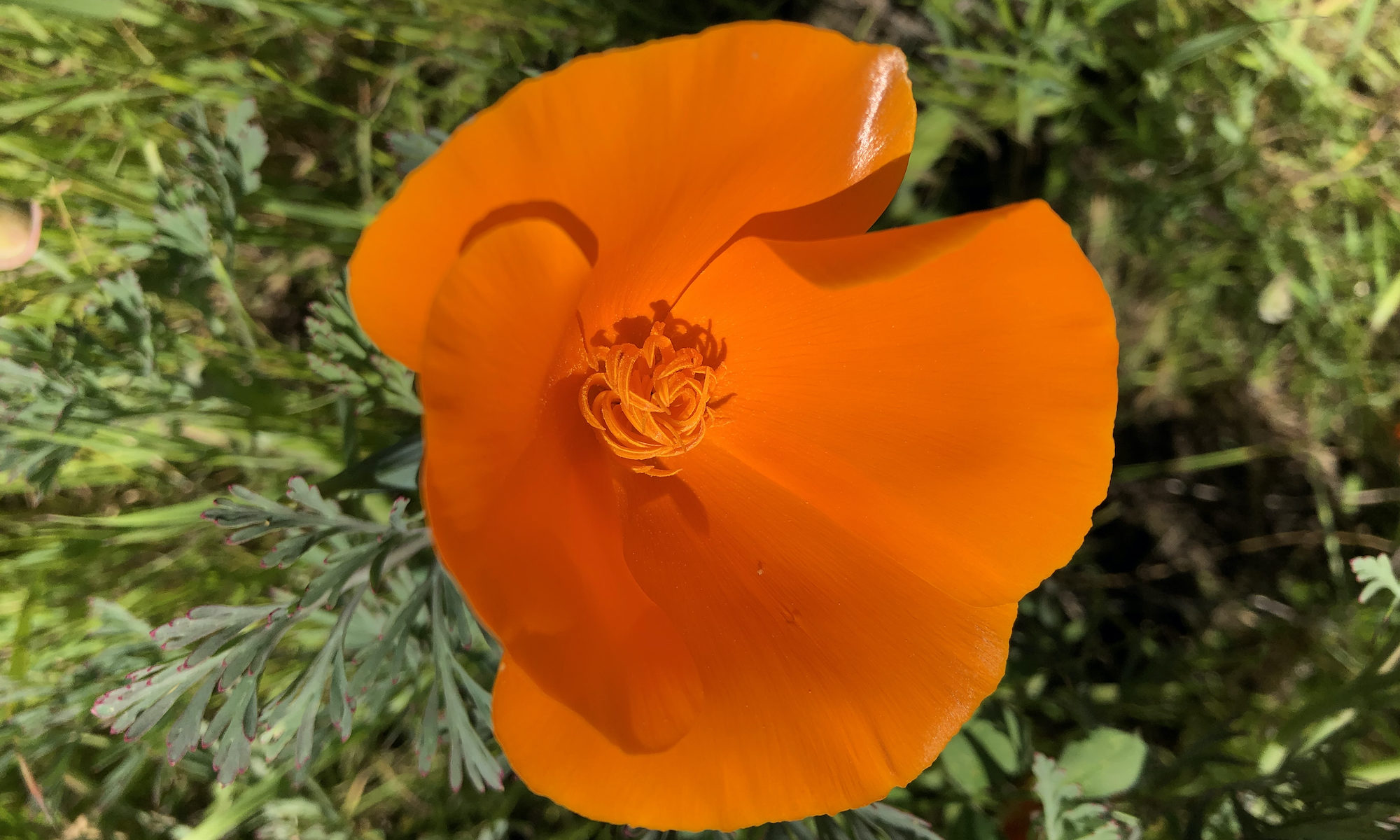If you’re on a mobile device, you won’t see the column listing article categories. Instead, view and select a category below — or simply scroll down the page to see all articles, starting with the most recently posted.
What Have You Touched Today?
What have you touched with your hands today?
Your phone, your computer keyboard, your desk? What else? Do you even recall?
This morning: What do remember feeling, experiencing, touching?
Your hands: What textures did your hands encounter today? A surface that is scratchy, bumpy, unfamiliar? Or just the predictable smooth metal and glass of a gizmo, surfaces you touch to use but otherwise ignore? Did you notice any feeling in your fingers, or did you merely use your fingers to do things automatically, not focusing on your fingers and what they touched but on the tasks for which your fingers were the unacknowledged tools?
When did you last touch something made by nature, in its natural state?
When did you last bend to collect a pebble from the seashore or kneel to retrieve a fallen leaf on a hiking path? When last did the skin of your bare hand feel the texture, the temperature, the heaviness, the lightness of a tiny treasure?
When did you last wear a woolen sweater knit by an aunt, and run your fingers over the rough strands of the yarn as you rolled the cuff? When did you last lean back on a wooden chair handmade by an artesian, and rub your palms on the armrests to feel the smoothness?
When did you last think about the hours and days it took to make such an item, contemplating the love and skill put into every stitch of the sweater and every sandpaper-swipe that went into polishing the chair?
When have you even thought of who — or what — made the items you use, the objects you touch each day, all day?
Most of us in today’s tech-focused Western world touch only machine-made items. We don’t generally think much about where or how they were made. The predictability and monotony of what we touch has made us callous (pun intended).
We’ve lost the sense of touch and the sensibility of touch. By dissociating ourselves from what we touch, we constrict ourselves and our world, ultimately disconnecting ourselves from what touches us. The world becomes senseless and spiritless.
Touch is human. We need to pay attention to what we touch, and we need to bring objects from nature and items crafted by loving human hands back into our everyday lives. More than needing objects — faster, sleeker, improved, enhanced objects — we need objects we can truly touch, and we need to be able to sense those objects on more than a superficial level.
Touching, feeling, and contemplating handmade and nature-created objects awakens our own sense of touch, expands our physical and emotional capacity to feel, and helps us connect with our individual and collective spirit.
Each of us and every thing carries an essence, a spirit. The ancients knew this, the mystics know this, and the artists know this. However, most of us forget that each thing and every person contains an essence — if we even knew this to forget it! Moreover, it’s easy to forget this when we forget how to touch. If we’re not aware the surface of what we touch, we can’t feel the deeper essence of what we touch. Everything we touch then seems flat, undifferentiated. We ourselves lose our dimensionality, our essence.
I have often suggested to friends that they keep a special rock, twig, or feather on their desk, and take breaks to consciously feel the item, or even to just hold the item when on calls and in meetings. Similarly, I suggest cultivating and actively using a collection of handmade items, including clothing, rugs, and pottery made by those we know or artisans from local or traditional cultures. These handmade items carry the essence of the maker: the care, consciousness, and love the maker has for their craft permeates each object they makes. This essence is tangible and it touches us — if we allow ourselves to feel it.
This essence of care, consciousness, and love is what we’re missing in the world today, whether we’re conscious of it or not. Making and using handmade items is a tangible way to bring some of this back.
©2021 KM Koza
This is cross-posted on SardinianArts.com.
Almonds on the Branch
Almonds on the branch, Agriturismo Nuraghe Tuttusoni, Portobello, Sardegna
I don’t normally post photos by themselves — and this was previously published on the Sardinian Arts page about the beautiful agriturismo where the tree lives — yet this photo always makes me smile, so I decided I’d give the almonds the honor of posting the photo.
The season in Sardinia was early fall and most plants were past their prime in terms of what might be considered their photogenic best, but the almonds on this tree were waiting for the harvest, beautifully, simultaneously rough and smooth. The sky was brightly overcast, perfectly lighting the almonds, the branch, and the leaves, which cast a lovely shadow on the husk of the nuts. The plump splendor of the almonds stands in contrast to the the limp leaves, most of which have a tinge of brown — and yet a new leaf dares emerge.
The beauty of nature — how often do we stop to look?
###
This photo was taken as you see it — I rarely alter photos, and generally only to crop them to better fit a website or particular use. ~ Kelly Manjula Koza
What We’re Missing
The qualities handweavers put into their work are reflected by and emanate from the textiles they make. These qualities are what our modern world lacks, and what we yearn for, even if unknowingly: Attention to detail. Minding the small things. Care. Love.
These qualities remind us that seemingly insignificant individuals and seemingly little things do matter.
Each person, every thing, has a place in the world, and no one and no thing is to be overlooked or discarded.
Each individual person holds a unique spirit intrinsic to their being; this spirit is a necessary component of the greater whole.
Likewise, each single thing has a distinct essence innate to its being; this essence is an indispensable component of the greater whole.
In the grand scale of things, these unique spirits and distinct essences are threads brought together with care, love, and attention to detail, weaving the tapestry of our world so that not one thread is overlooked or discarded.
We hold this all in our hands when we touch a handwoven textile.
###
© 2021 Kelly Manjula Koza | Textile, Isa Frongia
This is cross-posted on SardinianArts.com.
Babushka, with Rifle
The photo of Babushka (Grandma) Lida bearing a rifle and staring at the camera with an attitude that clearly shows she rejects all attempts at intimidation has become an internet meme embodying the determination, courage, heart, and strength of Ukrainian people.
I love the photo, and the Babushka, who reminds me of my own paternal grandmother, and of countless other strong, wise, determined, and fiercely compassionate women who are rooted in their hearts, integrity, and being. These women have no need to dissemble.
Why is it, however, that we notice and honor Babushka only when she is holding an item usually associated with men — when she bears a weapon — having finally been pushed to use arms and force to defend her country, home, and family?
Where was public admiration and our own personal esteem for Babushka Lida before she took up the rifle?
Where was recognition of her strength in raising a family, and kudos for the years of selfless, unflinching daily care she gave to the children she birthed, to their children, to the children’s children, to all children? Where was the recognition for the countless days Babushka Lida spent stitching durable clothes, knitting comforting blankets, collecting and curing wood to build warming fires in the family hearth? Who praised Babushka when she spend hours rolling varenyki by hand, shared the family’s food with the hungry guest, and cared for the family pets and the house-bound neighbor?
Who paid attention to the elderly grandmother during the decades she spent deftly wielding women’s tools to care for the individuals of her family, town, country, and world? Who noticed as Babushka lived each day of her life expressing the compassionate and nurturing qualities commonly associated with women, but in truth, found within all humans?
If we gave more value to the everyday words, actions, and lessons taught us by our mothers and our grandmothers, and if we learned to value compassion and humanity as demonstrated in the too-often-ignored lives of our own babushkas, I believe societies would not create self-obsessed madmen bent on power and destruction — or permit them to be become dictators who destroy — and there would be no need for the Babushka Lidas to bear arms to protect the values and qualities they have been teaching us all along.
©2022 KM Koza
The photo was posted on Twitter by @Visgrad24.
Websites Offering Support and Resources to Ukrainians
Friends and colleagues have recommended the following websites, which offer support to Ukrainians fleeing the country as well as those who remain within Ukraine.
- Ukrainian-language support resources website created by Ukrainians in Berlin — https://prykhystok.in.ua/
- English, German, Ukrainian, and Russian language support resources website found directly at https://www.unterkunft-ukraine.de or via Germany’s Elinor networking site https://elinor.network/gastfreundschaft-ukraine/ (which redirects to the page given in the direct link).
- Support resources website available in English, Ukrainian, and Russian languages, hosted in Romania — https://refugees.ro
- For refugees entering entering Romania, this website has FAQs in English, Ukrainian, and Russian — https://dopomoha.ro/uk
- Polska Akcja Humanitarian (PAH) is a respected Polish nonprofit currently helping Ukrainian refugees in Poland and Ukrainians who remain in their country. PAH has a fundraiser on Siepomaga, which is similar to GoFundme. The site is not taking any percentage from donations — all funds go to PAH. https://www.siepomaga.pl/pah-ukraina
- Star, a consulting company headquartered in Kyiv, started this fund to help their employees and the families of the employees. (I know a handful of these folks, as we partnered extensively with Star teams when I was working with IPG.) https://givebutter.com/starfund
The Baptify App — New from The Vatican
Rome, February 17, 2022 — The Vatican today announced the release of the Baptify app, designed to prove that baptismal rites are performed correctly according to Canon Law of the Catholic Church. Baptify enables Catholic faithful to use a QR code generated on the app to prove they are properly baptized at all locations where proof of valid baptism is required.
“Baptify will eliminate problems like we saw in Phoenix, where thousands of faithful who thought they were baptized found they were not,” said Cardinal Giovanni Capovolto, Pontifically Appointed Director of The Vatican’s Software and Application Development Department.
The name Baptify is a contraction of the words “baptism” and “verify.”
Baptify captures baptismal data including the name, age, and date of birth of the person being baptized; the parents’ names; the date, time, place of baptism; and the name of the presiding priest. Since there is only one correct and acceptable version of the baptismal formula, no version number is required or tracked in the app. The information is visible as text and generates a secure QR code visible on a user’s phone. Information is also stored in a central database housed securely within The Vatican’s server chambers.
“Ensuring baptism was performed correctly is critical to ensuring all sacraments received after baptism are also valid,” said Capovolto. “Tracking the validity of the baptism enables followers and priests to be confident that they are acting within the laws of The Church when receiving or performing the later sacraments.”
Future versions of the app will verify the correct performance of other Catholic sacraments. As followers are confirmed, take communion, marry (or take vows to enter the priesthood or to become nuns), are freed by demons by exorcism, or are given last rites, the data within the app and the QR code will be updated. When the follower has completed all applicable sacraments, the QR code will assume a golden color.
Negotiations are underway with St Peter to allow entrance to Heaven to all those who present a valid golden-colored Baptify QR code upon arrival at The Pearly Gates. Security angels assisting the venerable saint will use hand-held scanners to read the QR codes.
“Automated kiosks with code scanners will not be installed, even though Elon Musk has offered to create and launch them skyward,” said Capovolto.
Baptify is configurable in 47 languages, and can be downloaded from The App Store or Google Play.
© 2022 KM Koza
Written after reading this article on The Guardian: https://www.theguardian.com/us-news/2022/feb/16/arizona-baptisms-invalidated-priest-uses-one-wrong-word
The Day the Bush Scolded Me
One bright spring day when I was in the third grade, I was having a conversation with the boy who lived a few houses from mine. We stood in his front yard, the only one on the street that had a basketball hoop. We—me and the neighborhood guys— would play pickup basketball in the boy’s driveway a good part of the year. However, the guys suddenly went from always wanting me on their team to not wanting me around at all. The boy with the basketball yard was defending the male opinion, and the conversation was a bit tense.
As do many people with labels such as OCD and Asperger’s Spectrum, I tend to center myself and listen, think, and feel better when doing something mindlessly repetitive with my hands. At school, I would take apart my mechanical pencils and put them back together again, over and over and over during classes. Sometimes, I would take a small piece of paper, methodically tear it into tiny bits, and make a neat pile on my desk. When I was outside, I often picked up dry leaves that had fallen to the ground, tearing them to pieces that would flutter gently back to earth.
That day, as I listened to the boy, I automatically and unconsciously searched the ground for a twig or leaf, but none were to be found: The strong March winds that rushed the white cloud puffs through the sky had carried away any desiccated foliage left from the previous autumn.
Lacking a fallen twig, I reached for a leaf from the hedge beside us. My mind bushed aside a thought that came as my hand moved: “Don’t pick. The bush is alive.”
My hand continued. I picked a leaf, a few leaves. The boy kept talking. I started breaking the vibrantly green, pliant leaves I had just plucked and letting the cracked pieces fall onto the ground.
WHOOSH.
All exterior sights and sounds stopped. I felt as if I were in a vacuum. Although I could no longer hear the boy, I heard — sensed — another voice. It was clear, it was direct, and it was inside, yet it was also coming from the bush and the leaves, which came sharply back into visual focus.
“WHY DID YOU PICK US? WHY ARE YOU JUST KILLING US AND DROPPING US?”
I remained motionless. The bush continued to speak, more quietly, transmitting rather than speaking words. The bush made me understand it was alive, all plants and rocks were alive, and that I was not to forget they were living beings, with feelings, intelligence, and wisdom. Yes, plants could be picked, eaten, used with moderation for right purpose, yet humans should do so consciously, with gratitude. And rocks and earth and water were also to be respected, talked with, used judiciously, given thanks.
I listened, felt inside what the bush was communicating. I looked at the broken leaves I had dropped and bent down to caress them. Silently, I apologized to the leaves and the bush, thanked the plant, and said whatever was my version of a prayerless prayer.
Marveling and dumbstruck by this direct yet loving communIcation, I walked away.
The boy seemed upset — he was not done stating whatever complaint he had with me — but I had heard what was important: The bush.
Yes, bushes, trees, plants, rocks talk with us. Always. All of us. We just need to listen.
In a culture based on competition, physical dominance, and external power, it sometimes seems easier to forget, to bury, to discount as crazy the voices, the lives, the importance of our plant and rock and nature siblings.
I can’t.
We can’t.
###
Certainly Not Small
Small things make a big difference.
My favorite way to illustrate this stems from design school. Back in a time when we drew straight lines by hand using Rapidograph pens, T-squares, and triangles, we used the following simple exercise to demonstrate that absolute care, attention, and precision were necessary when creating the very first to the very last element of a project.
Think of (or try!) drawing horizontal lines on a piece of paper to emulate a sheet of 8.5 x 10 notebook paper, which generally has about 32 lines. If you were to draw the lines by hand, you would start from the bottom of the page, draw a base line, use that line to align and draw the line above it, and then use the newly-drawn line to align and draw the line above it, continuing this process until all 32 lines on the page were drawn.
If the very first line you drew was off level by 1/32 of an inch — the width of a fine pen nib — your design would be ruined: by the top of the page, after repeating the 1/32 inch error 32 times, your top line would be tilted one inch.
Now think of an architect guiding the construction of a skyscraper a hundred stories high, and the precision with which the foundation must be laid. Consider a handweaver making a bedspread that requires weaving thousands of crosswise weft-fibers, and the careful alignment necessary for the first row, each row, every row, of fibers. Think of the navigators, mathematicians, and engineers calculating courses for ships traveling oceans, skies, universes, and how the initial degree, minute, and second of direction must be absolutely precise, and then checked and corrected constantly to ensure the ship reaches the intended destination. The tiniest bit of imprecision — or an unseen factor affecting calculations or the project — would drastically change the outcome.*
Simply put, the tiniest detail affects the outcome in ways we can’t imagine.
This is true within and beyond architecture, construction, navigation, sciences, arts, and crafts. This is true in everything — and for everyone. This is true for presidents, prime ministers, actors, sports figures, scientists, saints, mystics, people of fame — and each and every one of us.
Each one of us affects the whole. And each of our actions affects the whole.
This can be staggering to consider — yet this realization is also a gift, a blessing.
If each of us, each of our actions, each of our interactions, each of our words affect the whole, affects our world, how do we watch, use, care for our actions, our words, and that which we contribute to our world?
Do we, in our personal spheres and work, act with disregard, condescension, hatred, and anger, spewing toxic dark clouds of negativity that increase with time and distance to create chaos, war, and destruction on a global scale?
Or do we bring awareness, compassion, love, and care for small things into the tiny moments of our daily lives, filling what we touch with light, harmony, and joy — all of which increase with time and distance to create a world more beautiful, inclusive, harmonious, and supportive that we can perhaps imagine?
When we realize that we’re all connected and that each one of us contributes to the creation of the world we share, I believe we have the responsibility to act upon that realization: to live with love, act with compassion, care for small things, and give attention to the tiny moments of life.
If the tiny things are cared for, if small acts are done with love and kindness, if we bring joy to our work, if we treat people, animals, plants, nature with compassion — imagine how the results would — will — magnify.
Can we each play our part, no matter how small it seems, to help the world change for good, beyond what we can imagine?
I think of those so often invisible in our modern world, and what they bring to us. Living and working with care, compassion, love, and awareness are mystics, mothers, artists, and others, including handweavers.
Women weaving in the hills of Sardinia; rebozo weavers and lace-makers in Oaxaca and Teotihuacan; Native Americans weaving in the Southwestern U.S.A; rug-makers weaving in the Middle East; sari-weavers in India; and others comprising the dwindling numbers of handweavers: All are working with care, focus, and attention, placing and aligning each fiber of every textile they weave.
Beautiful textiles are the visible, tangible result of the precision and care handweavers bring to their work.
But what are the invisible, intangible results?
Perhaps the fragile balance of our world is subtly maintained by the magnified effect of the order, precision, care, and love the handweavers bring to their work.
Who’s to say otherwise?
*Professor Edward Lorenz famously discussed how small acts — the change of a single variable in a set of conditions — would be magnified over time and distance and thus change outcomes. This has become known as the “butterfly effect”, simply stated as a butterfly flapping its wings in one part of the world could cause a typhoon on the other side of the world.
###
© 2020 KM Koza | Textile © Isa Frongia
This piece is also posted on SardinianArts.com.
The Gift of the Handmade
In an era replete with an overabundance of machine-made, ready-to-go, disposable stuff, many people don’t think about handmade items or their value, which is a value that extends beyond a dollar amount or shelf-life longevity. The unquantifiable value factor is human: The value is in and of the makers as well as the receivers of the handmade.
Creating handmade items requires a great deal of time and much consideration. Many handmade gifts, of clothing especially, are created for a specific person. Such handmade items are highly prized not only because they are made and stitched “to measure” — a time-consuming and skillful process — but because, when you understand the process of making a handmade item, say a shirt, you realize the time and the consideration required to make the item. Making a shirt demands good project planning skills to manage the many steps: the purchasing or making of component pieces (the fabric, thread, buttons, interfacing, and related); the acquisition and maintenance of the necessary tools (sewing machine, needles, scissors, table, and so forth); the taking of the recipient’s measurements, and more. Of course, making a shirt also necessitates the craft or artistic skills and engineering ability necessary to make the item, plus time: setting aside the hours necessary to complete all the steps of cutting, matching, sewing, and applying details to finish a shirt.
Yes, handmade items are an expression of the maker’s mastery of their particular craft, and handmade gifts are a demonstration of the maker’s love and consideration of the person to whom the gift is given. The gift given is not just the item: the gift is comprised of the time, thoughts, and love of the maker.
This consideration and love, as well as the attitude of the maker are present in every fiber and every stitch of the item. Especially while making a gift — during the hours, days, and perhaps weeks and months required to create an item — the maker would have thought often of the recipient, imagining how the recipient would use and appreciate the item. The concept that the thoughts of a maker imparted corresponding qualities into an object was commonly understood in many traditional cultures; hence the stories of women weaving, spinning, or stitching thoughts of joy, contentment, and abundance into a textile.
The type of handmade item does not matter: whether a shirt, rug, ceramic mug, carved wooden toy, poem, painting, a plate of cookies, or a home-cooked meal, the thoughts, attitudes, and qualities of the maker pass into the very substance of that which they create.
Realizing this, we begin to understand what we as individuals and as a society lack when we no longer have handmade items as a component of what we touch, feel, wear, and eat in our everyday lives.
May we all consciously put love, care, and attention into all we create, so that our creations carry these as offerings to the world.
Even if we are not creating a tangible object to gift to another, the gift itself may be as simple as a word, a glance, or a hug that transmits our love and caring.
~ Kelly Manjula Koza
The photo is of Susanna Frongia, renowned Sardinian handweaver, warping a traditional handloom. This article is also posted on SardinianArts.com.
The California Tourist Association Welcomes You to the San Francisco Bay Area
AKA Why I (Mostly) No Longer Write Satire, Part III: There’s often no longer any difference between satire and reality. See the first part of Why I (Mostly) No Longer Write Satire in the archives and Part II here.
Welcome to California!
We have COVID safety restrictions in place for our stores, restaurants, and hotels, so come, wear your mask, and enjoy the San Francisco Bay Area!
You’ll be happy to know that this summer, the city and the entire Bay Area are disproving Mark Twain’s saying, “The coldest winter I ever spent was a summer in San Francisco,” as we’re experiencing unusually warm temperatures!
Wear your shorts, wear your sandals, and rest assured that you won’t have to buy a fleece jacket at exorbitant prices in Chinatown in this year, as our temperatures are over 100F!
While we’re sorry to announce that all our beaches and most of our parks are closed due to COVID restrictions and wildfire damage, we offer thrills and excitement beyond the beach.
Visit us and enjoy:
- Extreme fire warnings — Indications that wildfire possibility is very high due to elevated temperature, wind, dryness, and potential for dry heat lightning strikes.
- Evacuation warnings and orders — Indications that you may have to (warning) or must (order) leave your home or hotel due to oncoming wildfires or other natural disasters.
- Rolling blackout warnings — Alert us that if too much energy is used, sections of California will be blacked out for a few hours at a time to save electricity.
- Wildfire smoke — Ever-changing winds blow thick smoke in such a way that you may or may not see blue sky, the mountains, the hills a mile away, or our spectacular waterfronts. It’s not fog; it’s smoke!
- Spare the Air alerts — These encourage us not to drive, as car exhaust makes the air even worse. Stay in and have more time to enjoy your hotel room!
- Traffic*— A California tradition which, in reality, is not affected by Spare the Air alerts.
- Earthquakes — California’s historic speciality. Today we’ve had two already, both before noon: A small, 2.6 tremor and a larger, building-jolting quake (enough to rattle dishes) of 3.4 magnitude.
Even though most state parks and campgrounds are closed, if you’re an extreme adventurer, you may enjoy camping within Bay Area cities! Bring your tent and join the throngs of homeless “sleeping rough” on sidewalks, beneath underpasses, in city parks, and the on back streets of San Francisco and Oakland! (Travel insurance is advised.)
We hope to see you soon!
Sincerely,
The California Tourist Association – San Francisco Chapter
*Please note that as you drive into the state, you’ll encounter no delay. Most traffic is flowing out of California. Just plan to spend a few more minutes looking for parking at rest stops, as all spots may be filled with U-Haul trucks and trailers of residents relocating to other states.
###
The Feeling Understanding Experience
“I don’t get it. It’s just a picture of a girl sitting in some field.”
A subtle nod of comprehension, acknowledgement without judgement: A student did not understand the previous day’s lesson.
A quiet query posed to the class.
Silence. Murmurings of agreement, admission: Many not understanding.
A gentle question to the student: Would she help demonstrate and explain?
Acquiescence.
“Please go sit on the floor.”
The girl rises, hesitating, and then sits cross-legged in the middle of the circle of desks.
Instructions, softly-spoken:
“Put your legs out behind of you, with your knees bent. The other way. Good. Straighten your left leg just a tiny bit. Good.”
“Turn your body to your right. Good. Put your arms out, and your hands on the ground. Right hand back. Good. Now put your left hand forward. Palm flat on the ground. Twist your torso a bit more to the right. Good. Keep your legs bent. Palms flat! Good. Now turn your head just a bit to the right. Good. Hold that.”
The girl sits.
A few moments pass.
“What do I do now?”
“Keep sitting.”
The girl sits.
Seconds pass.
The class senses the girl is becoming uncomfortable. Watching, waiting, some of the students are themselves becoming uneasy.
Words of quiet encouragement: “Keep the pose, don’t lose it.”
The girl adjusts.
More seconds, a minute, pass.
Gently spoken, another instruction: “Look out the window.”
The girl looks out the window, expectant.
Another minute passes.
The girl looks further into the distance, searching through the window glass.
“How do you feel?”
The girl turns her head towards the teacher. “I don’t understand why I am sitting on the floor, espec—
“Keep sitting.”
The girl lets out a small sigh and turns her gaze back towards the window.
Gentle light filters into the old classroom, soft shadows of spring leaves dancing on the floor in the afternoon quiet. A lovely light, increasingly disparate with the tension rising in the girl, spreading throughout the classroom.
Silence.
“Keep sitting.”
The girl sits.
“How do you feel?”
Again, the girl complains: “I don’t see anything. What am – “
“Keep sitting.”
The girl sits. A heavier sigh: The beginnings of resignation.
More moments pass. The sense of the girl’s discomfort and growing impatience fills the room.
“How do you feel?”
“This is uncomfortable. My body hurts. I’m tired of sitting and waiting. I want to get up, I want to move.”
“Ahhh! Now you understand! You can get up!”
The girl lifts a hand, shakes her wrist, and slowly unfolds herself. Rising from the floor, she looks quizzically at the teacher. She does not think she understands.
“The girl in the painting: Can you sense that’s how she felt in that moment, sitting in an awkward position in the dry grass in the field, so far from the farmhouse?”
This is how Jay Criche, my beloved, brilliant, and wonderful high school English teacher, taught Art as Experience, using Andrew Wyeth’s painting Christina’s World (also known as The Girl in the Field).

Andrew Wyeth’s 1948 painting Christina’s World is in the permanent collection of the Museum of Modern Art (MoMA) in New York.
L’onda
Un giorno l’onda chiese al mare: “Mi voi bene?”
Ed il mare le rispose: “ Il mio bene è cosi forte che ogni volta che t’allontani verso la terra io ti tiro indietro per riprenderti tra le mie braccia.”
Grazie a Tiziana, che me ha inviato questa citazione. Non lo so l’autore.
Sì, la spiaggia si trova in Sardegna. La foto è mia.
The Wave
One day a wave asked the sea, “Do you love me?”
The sea replied, “My love is so strong that every time you move away and towards the land, I turn you around to bring you back into my arms.”
Thanks to Tiziana, who sent this quote to me. I don’t know who the author is.
Yes, the beach is in Gallura, Sardinia. From my photos.
Data Has No Heart
Data has a place, yet we give it too much importance and power in a world where humanity and individuality are being discarded. ~ KMK
Everyone wants numbers. You see this in advertising, media, Facebook, twitter, the news. You see it in corporations, in medicine, and in the government: Everyone wants more data, and it must always be sliced, diced, and julienned into smaller bits, compared in more ways, and illustrated with animated, full-color visualizations. The meaningfulness of the data is often less important than the volume of data and how impressive its visualization.
Life-altering decisions are made based on the data, the numbers presented, and the stunning visualizations. While you may occasionally make these decisions yourself, most often, powers-that-be who are entirely unknown to you make decisions that affect your life based on data you didn’t even know was collected and analyzed. These “data driven” decisions affect our lives in small as well as large ways, influencing how we think and what we do, permeating and often directing our lives, our minds, our bodies, and our spirits more than we realize.
Data does not consider the quality of the heart, the soul, the being that we are. Data does not consider that which makes us most human. “Data driven” renders individuals into nameless, formless granular instances, meaningful only when considered as a component within a wider pool, a part of a group data instance that has tendencies that can be easily labeled and profitably exploited, without considering each individual face, soul, or heart.
Data makes numbers more valuable than people. Data quantifies and negates the individual while seeking to prove, as circumstances dictate, that the biggest is best, the most is best, or smallest is best. This is inhuman, for in the grouping and quantification, individuals and individuality are sacrificed.
Numbers and data can be, and are, manipulated as those generating them wish, and leveraged to make you think, feel, act, buy in a calculated way. The ways to manipulate data are many, and often simple — that’s another topic entirely. (Want to manipulate a percentage? Change the denominator.)
Governments, advertisers, researchers, another others use data to make decisions that affect populations and the individuals within the population — you and me. These powers-that-be compile data sets (groups of compiled data meeting certain criteria) and decide the relative value of those data sets. The data sets are then used to make “data-driven decisions” that justify granting money, investments, time, or attention to specific group. Health care, government resources, advertising, jobs, and products themselves (such as books, plays, music, food, and clothing) are selected, funded, and granted importance — or not — based on numbers and data.
The choices we have in almost every area of our lives are dependent upon the size and/or perceived value of the data set or group that includes what we want or need, and we ourselves often have little to no way to influence the data sets and the relative value placed upon them.
Data itself is manipulated, and data manipulates our minds. This is dangerous. It’s a tactic used by those who seek to increase their own power by dehumanizing and devaluing others. You, yourself, are negated. If we are not aware and careful, we become in our own thoughts and feelings that which the purveyors and manipulators of data consider us: meaningless as an individual, meaningful and useful only when grouped and judged by third parties imposing fabricated standards of worthiness.
What if we have needs, desires, expressions of our individuality that do not fall into data set that’s deemed desirable by the powers-that-be?
What about the book, the movie, the music, the shirt, that we want to have, or to make? What happens when we feel called inside to express a creation — a song, for example — and we’re told that the song is not “worth it” because “the data does not support it”? How valid is that data — who even decides the criteria for what is “valid” data? How much control does the data-driven decision and the forces manipulating the data have over not only the external factors in your world, but over your mind, thoughts, moods, actions, and being? What happens when the data does not support what your inner voice calls you to do? Do you stop, consider yourself a failure? Or do you listen to your spirit, your anima, that which calls you inside, and continue?
We don’t always need more data and more data-driven decisions: They negate the individual and lack compassion.
Instead, we must recognize, respect, and have compassion for ourselves; cultivate our spirits; and have the courage to listen to our hearts and let them guide us in making compassionate decisions.
You Are But You Don’t Want to Be
This was a silly piece I wrote quickly one day and emailed (BCC) to several friends and then put on Facebook. The responses I received prompted me to post the piece here — not because it’s a masterful work, but because I found the consistency of the responses, especially on Facebook, so funny.
Most of the women to whom I sent this wrote back, “I’ve turned into my grandmother”. When I posted the piece on Facebook, I received many personal messages from women, again stating “I’ve turned into my grandmother” and “I really liked this” — yet I don’t think any one of them shared or publicly gave the piece a thumbs-up!
Perhaps I should add to the following list one more point: “You know you’ve turned into your grandmother when you don’t want anyone to know you’ve turned into your grandmother!”
You know you’ve turned into your grandmother when:
- Your pockets are filled with tissues you used lightly to wipe that smudge off your iPhone because why waste, you just might need a tissue later.
- Your large framed photos all have corners jammed with tiny photos of your spiritual teacher and images of your favorite saints.
- Your windowsills and door jambs all hold small statues of a divine incarnation.
- Your doorknobs, rear-view mirror, and shift lever all bear rosaries or malas; the one on the shift lever usually makes its way into your hand when you drive.
- You say prayers as you get into the car to go anywhere.
- You swear profusely at semi-truck drivers who nearly side-swipe you on the highway, and when you’re going 92 mph in the middle lane, you both swear and flip off the kids who have the gall to pass you on the right.
- You have to consciously control your eye-rolls when talking with males wearing the robes of ordination and/or carrying cameras with large lenses.
- You secretly give food and money to people who need it.
- You carry seeds and nuts to the park to feed the birds and the squirrels.
- You’ve given names to the birds and squirrels, and they know what time to expect you — and are waiting if you’re late.
- You worry about the birds and squirrels when planning your (frequent) trips, and have a little talk with the critters before you go so they know you’ll be coming back.
- You’ve taken the screen off your kitchen window to better be able to lean out and feed the birds and see what’s going on up and down the street.
- You scold the drug dealers who park on your street and tell them to skedaddle after they laughed off and ignored the Men In Charge.
- You don’t give a S#!t what people think, yet are polite enough not to state this directly.
- Your own version of a silent glance rivals that of Dame Maggie Smith.
- You read stuff like this and think it’s funny.
Appreciation
Both this article and this exercise may be “too long” for most people!
Want to appreciate someone you may have never before considered?
Take something apart.
I’m not kidding. This is an important lesson, especially if you’ve never made anything by hand.
If you have never whittled, worked with wood; sewn, worked with fabric; welded, riveted, worked with metal; or made something by hand—then take something apart. Carefully, methodically, and thoughtfully, undo all the pieces of something that a person used their hands to make.
A shirt, for instance.
Find a (discarded) well-made, long-sleeve collared dress shirt, preferably of 100% cotton. Get a seam ripper or Exacto knife, and set aside an hour or two.
You’re NOT to destroy the shirt by shredding it to pieces — that would entirely circumvent the point of this exercise.
Study the shirt, and with the seam ripper, carefully and methodically undo each seam, each stitch, each button, and each label. As you take the shirt apart, lay each piece of the shirt on a table. You’ll probably find there are more pieces than you realized, more seams than you imagined, and wonder how in the world someone stitched all those pieces together. Or even figured out how to design and cut the pieces so they fit together perfectly.
That’s getting to the point of this exercise.
As you take the shirt apart, consider the pieces. How were they sewn together? How were the pieces of fabric cut before they were sewn together? Look at the little edges folded under — consider the dexterity of the fingers that folded the fabric so precisely. The skill of the fingers that guided the fabric through the sewing machine, fingers next to the needle going up down fast fast fast so fast that needle-hole marks punctured too-close fingernails.
If there’s a pattern to the fabric, does the pattern match where the seams fasten together different pieces of fabric? What kind of skill did that take, to cut and to sew and to design the shirt so the patterns matched across fabric pieces?
Can you easily get the seam ripper in between the individual stitches of the collar? Can you even see the stitches? Think of the person sewing the collar — what would their eyes feel like at the end of the day, after making the shirt?
What about the buttons? The placket? Do you even know what a shirt placket is? Or the yoke?
Don’t give up. Don’t put the shirt down and forget about the exercise.
Think about the person making the shirt. They didn’t put it down and give up on making it.
Finish taking the shirt apart. Your taking it apart was easier than their making it — and you probably never thought of who made your shirt before, or the skill, the time, the difficulty of making it.
Yes, the shirt you take apart was probably made in a factory, by several people, each sewing a particular part. But years ago, a tailor, or your mom, would have made the shirt for you, to your specific measurements, stitching each piece at their machine. Even further back in time, they would have stitched entirely by hand, without a sewing machine.
The hours, the abilities, the love of the tailor or mother for their craft: So much once went into the making of a shirt, and were valued by the shirt’s owner and wearer.
Now, the maker of the shirt is too often lost, a faceless factory-worker who has become, like the shirt itself, a commodity to be discarded.
And you — the wearer of the shirt — feel this lack of care just as much as the anonymous maker of the shirt, but you probably don’t have words for the sensation. Blinded by labels and advertising, fashion and merchandizing, clothes-wearers pay for expensive brands, yet feel a lack of . . . something.
The “something lacking” is NOT a new fashion, not a replacement shirt, not a different brand shirt.
The “something lacking” is the spirit of the maker.
Mass-produced items don’t have the same anima, the same spirit, as a handmade item.
Items made with care and love bear the spirit of the maker. Mass-produced items bear the ghost of industrial production, the shell of spirit.
We feel this, yet most can’t name what’s missing: the anima of the item and the spirit of its maker.
We’ve discarded them.
###
Posted on Mother’s Day with much love and appreciation for my mom, a master seamstress who made, among other things, many shirts for me, and fostered my appreciation of the handmade and hand-makers.
The photo is of a handmade shirt by Angelina Pirastu of Samugheo, Sardinia, Italy. I’ll be writing more about her and the costume soon!
May Each of Us Be a Rose
Walking through the rose garden in the nearby park, admiring the beautiful buds, rejoicing in the open flowers, enjoying yet somewhat lamenting the now-fully-bloomed, petals-about-to-fall roses, and delighting in the intermingled perfumes of the diverse bushes, I also marvel and learn from our rose-siblings.
Roses are roses, and beautiful in every way.
Roses don’t question their spirit, their anima, their life as a rose. Even after having been cut down, roses flourish. After all, that’s what flowers do.
Rose buds don’t question whether or not they should pursue blossoming. A bud does not think, “There are enough roses of this color. I don’t need to blossom” or “Why bother? No one will see me” or “I wish grew on that side of the garden; more people would see me. It’s not worth blossoming here.”
When the rose blossoms, individual flowers don’t compare themselves to others on the same bush or another bush. They don’t try to steal another blossom’s sunlight, block their water, or try to be better than other flowers.
Fully-bloomed, petals-about-to-fall roses don’t lament their stage of life. I’m the one who labels them and feels a tinge of sadness at their scattered descent to the earth.
The petals fallen on the ground are beautiful, even when their edges are curled. I stop, pick them up, and offer them with a prayer to the bush, to nature, a saint, a friend, God.
The rose did not consult any petal usage statistics and determine whether to grow, to blossom, to give happiness — to be.
Completely and fully, the rose is.
And if no one sees it, if no one collects a fallen petal and treasures it, the rose bush still grows and flourishes. It does not doubt its existence or importance in the grand scheme of life.
May each of us be a rose.
~KMK
Sardinian Beach Meditation
Five or six minutes at a beautiful beach in Portobello, Sardinia (Italy).
A great meditation, especially if you can watch it on a large-screen TV.
Sit close, on the floor, and imagine you are on the beach!
This video is downloadable on Vimeo for personal use only, and also posted on SardinianArts.com.
They Don’t Understand – Non Capiscono
Prima all’inglese, poi all’italiano
I stopped, immobile, at the sight of the greens growing in the hole.
It was a grey and rainy November day, and I was walking through an old, well-known Milano neighborhood dense with streets traversed by pedestrians and various types of vehicles. The street I walked had no grassy pathways for trams, no trees, no flower-boxes in windows. There weren’t even sprouts of grass venturing through cobblestones, for the street was paved with asphalt.
Turning a corner, I saw these greens sprouting in a post hole. They were the only plants visible for blocks.
The greens were completely ignored by passers-by.
I stopped to admire and talk with the greens, complimenting them on their persistence and beauty amidst the brutal surroundings imposed on them.
The greens requested a photo.
I willingly snapped a portrait, and thanked them.
I think about these persistent greens often, thanking them every time.
They don’t understand how important they are.
***
Mi sono fermata, immobile, alla vista delle verde crescendo nel buco.
Era un giorno grigio e piovoso di Novembre 2019. Facevo un passeggiato a Milano, a un quartiere antico, bon conosciuto e popoloso, con strade battute. Sulla strada dove camminavo, non si trovavo sentieri erbosi per i binari del tram, né alberi, né scatole di fiori sulle finestre. La strada era asfaltata, non acciottolata, e non si trovava nemmeno una fessura per crescere un germoglio dell’erba.
Mi ho svolto un’angolo, e ho visto verde crescendo nel buco del palo. Erano le sole piante visibile per un lungo tratto della strada — e erano completamente ignorate dai passanti.
Mi sono fermata per ammirare e parlare con le verde, li dando complimenti per loro persistenza e bellezza fra i dintorni bruti a che erano imposte.
Le verde necessitavano una foto.
L’ho fatto volontariamente, e li avevo dato i miei più sentiti ringraziamenti.
Penso spesso ai questi germogli persistenti, dando i miei ringraziamenti ogni volta.
Non capiscono come importante ci sono.
###
Lokaha Samastah Sukhino Bhavantu
May all beings everywhere be happy and peaceful
Possano tutti gli esseri, ovunque, essere felici e in pace
A Sanskrit prayer for universal peace and happiness. Una preghiera universale nella linga sanscrita per la pace e la felicità.
Move Beyond Appreciating Art to Experience Art
Many words to insufficiently describe the difference between appreciating and experiencing art.
The vast quantity of art available online during the Pandemic of 2020 is amazing. Museum collections from the greatest archives in the world; concerts, plays, dance, tours of artists studios, and more, all available in our very own rooms. We don’t even have to dress for the occasion!
The disadvantages of this treasure trove of online art are the same as the advantages: The treasures are online, and vast. The photographs of a painting, the depiction of a weaving, the streaming concert are all wonderful and to be appreciated — but the overwhelming quantity of material, and the arrival of digital art on our gizmo means we see an image or hear a sound much differently than we would experience the actual masterpiece in person.
I wrote about this in the previous piece, The Experience of Art, and I’d like to offer a few more thoughts, specifically about how you can use a single piece of art you find online to deepen your appreciation of art and whet your desire to experience a masterpiece in person.
As mentioned in the previous post, rather than making viewing a quantity of art your goal, seek the appreciation and experience of art. And while you can’t fully appreciate a piece of art via the computer, you can become acquainted with a piece online, and then, when the world calms down a bit, seek the art in person, so you can experience it, for the experience is beyond appreciation.
First, let’s clarify what appreciation means in this context. Appreciation is not liking. You can understand something, and how and why it was made, and perhaps something about its context and history — you can appreciate it — without having a personal inclination towards it, without liking it.
Appreciating something, especially a work of art, takes time. You can practice appreciating art on your computer, tablet, or phone with a masterpiece you find online — we’ll use a painting as an example — over the course of a week.
Find a well-known painting from an online museum collection, and bookmark a high-quality image of it. Set aside 10 minutes each day to look at and contemplate the painting. Yes, that’s 10 minutes, each day, for a week. There’s a great deal to look at, really!
For starters, look at the painting from a distance: Set the size of the replica to fit in your screen so you can see the entire piece at once. What’s the feeling overall, especially if it’s an abstract painting? How do the colors feel together? Look at the shapes, where the light comes from within the painting. Do you imagine a story or background to the the images?
Zoom in on the replica. Look at how the colors, the shapes, the shadows are constructed. Are brushstrokes or pallet knife markings visibile? Can you tell what type of surface lies below the paint? Are there cracks? Is paint perhaps discolored? And is the paint watercolor, oil, acrylic? Do you know the difference?
Some of these details may or may not be visible depending on the quality of the replica — and if they are visible, they are seen but not experienced as you would in person, standing in front of a painting the artist actually touched and worked.
Looking at details is not all you can do. Contemplate beyond what you see: How were the paints made? And from what? Hundreds of years ago, paints were mixed by hand, from natural materials. Imagine matching paints from one day to the next!
How long did it take to make the painting? Was the painting done from a live model, or sketches? How did the painter get a consistent model, consistent shadows, that degree of detail in an era before photo cameras?
Think of the skill of the artist; the task of painting day after day and week after week; making and procuring materials, and more. What’s the context, the story behind the painting? Is the painting from a specifici period in the artist’s life? Do some research about the artist and their life — the time, the country, the social, political, artistic environment in which they lived and worked.
There’s so much you can see and appreciate when you view a replica and consider how it was made, the artist, the history, the context.
All this helps you gain appreciation of a work of art, yet appreciation does not give you the experience of that art — and hopefully, the appreciation engenders within you a desire to experience the masterpiece in person.
The appreciation gives you intellectual information, the experience gives you. . . the experience.
And yes, you can experience a painting, a work of art in person, without having first gone through the intellectual appreciation. The appreciation doesn’t really even prepare you for the experience; at best it can foster the desire to have the experience of a painting. (See the previous post for my description of experiencing, for the first time, a painting which I knew by replica.)
Now you’ve read way too many words suggesting you learn how to appreciate art, hopefully with the end result of motivating you to experience art.
Dare I write that if you’ve read this far, you’re becoming a student of the Humanities — which for centuries were considered essential, teaching us how to live?
Stop reading, find a masterpiece to appreciate, and when you can, go to a museum, gallery, or studio to have the experience of a masterpiece.
###
A note on the image in the header: Yes, it’s mine, and obviously, it’s a take off of Andy Warhol’s Campbell’s soup cans, with visual commentary relevant to 2020: Rather than tomato or chicken soup, we have vegetarian vegetable soup, a photo of which appears on the requisite monotonous smart phone, duplicated as in Warhol’s work. The upside down can, an attempt at differentiation, is barely noticeable. I could write more about this, but I won’t — at least not now! ~ KMK
The Experience of Art
My breath stopped. My mind went blank. My head jerked up slightly then froze, as did my body, motionless from the zap of powerful energy I did not expect. I stood and stared.
I had encountered, for the first time in person, a painting by Georgia O’Keefe.
This experience is important. It’s not just about O’Keefe’s art: I’ve had this experience when I’ve encountered paintings by other masters; original photos from great photographers; and magnificent art from other disciplines. And the experience is not about me.
It’s the experience that’s important. And the experience is important to consider now, in the Pandemic of 2020.
To explain, I’ll go back to the O’Keefe painting.
It was about 1985, and I was walking through the University of Arizona Art Museum’s permanent exhibit, which I knew housed an original painting or few of O’Keefe’s. The piece I mention, Red Canna, is famous. I had seen it on photographs, postcards, calendars, and other reproductions. In fact, reproductions of O’Keefe’s work abounded in the popular culture of the United States in the 1970’s and 80’s. Flowers and desertscapes were seemingly on everything, and even non-artists would call out “that’s an O’Keefe” when viewing posters, sometimes even naming the image. People thought they “knew” her art.
What I experienced in that first viewing of an original painting by O’Keefe was something I did not expect, despite the years of preparation: The lectures, the experiential lessons, the papers written, the books read in English classes (thanks J.C.); the hours of art history classes; the years watching my mother create; the shelves of philosophy I had read; and dozens of replicas of the painting I had seen.
Yes, I had heard of, mentally understood, written about the experience of art. I had contemplated the question “what is the difference between a work of art and a really good forgery, a copy?”
I had not experienced it so profoundly until that moment.
A true work of art has a presence. It has life. It conveys the spirit, the anima, the experience and feelings of the artist.
You can feel a work of art.
Yes, a poster, a high-quality digital photograph, a 3-D image can transmit the look, the colors, the detail, the intricacy of a work of art. However, no matter how good, how clean, how sharp the copy, the replica will not convey the same presence as the original masterpiece created at the hands of the master.
It’s similar to what spiritual teachers and mystic poets say: “If you write the word honey and lick the paper, is it the same as tasting a spoonful of honey?”
Honey and art must be tasted, experienced, in person.
It’s especially important to remember this at a time when we’re all at our computers, often for more hours a day than usual, and when, through those computers, we have the amazing opportunity to virtually visit great museums, concert halls, and artist studios. That the Pandemic of 2020 occurs at a time when we can shelter-in-place while viewing and hearing great works of art is absolutely amazing. I’m personally grateful, and thankful also that so many virtual halls and archives are now allowing us free entry.
So, yes, let’s use this opportunity and the online resources offered us to visit museums we may have always wanted to see — or perhaps never knew existed. Let’s listen to the orchestras of the world, see how potters work, view weavings we did not know were so intricate, look at the work of Gentileschi, Bonheur, Caravaggio, Anni Albers, and more, oh so many more. We can even read about the artists on Wikipedia, find their studios on Google Maps, and follow the rabbit hole of links to historical trivia of the artists’ lives.
All this is good; all this helps us expand our awareness of the world of art and intellectually understand artists and their context. But don’t make viewing quantity your goal. Don’t make intellectual understanding your goal. Don’t even make recognition your goal (apologies to all the art history teachers!).
Make experience your goal.
And to really experience a painting, a photo, any work of art, you must be with it in person. The experience is tangible, yet beyond the intellect, beyond quantification, beyond description.
So yes, use this time of online exploring to visit the museums, libraries, galleries, concert halls streaming to you. Peruse the images, the sounds. And let the online viewing and recognition kindle within you a desire to experience, in person, at least a few of the places, a few of the masterpieces, a few of the museums.
After the travel bans and the quarantines end, seek and have an in-person experience of a masterpiece whose replica you discovered online. If you can’t travel to a distant place to experience the great work you found online, at least start by visiting a local art museum or gallery.
And for now, continue the online discovery, and perhaps enjoy a spoonful of honey!
###
The Power of a Name: Let’s Use This Wisely
In many ancient traditions and healing methods, it’s understood that when you name something, you give it power.
A “label” acknowledges and empowers something — anything — and gives it form, animating it in our minds and thoughts. This is true for everything, no matter if we think it “good” or “bad”. For this reason, the ancient traditions of many lands teach that we should not name, or call by name, illness and disease.
When we name something, the label solidifies and calls into form the energy behind the name. The naming empowers the physical manifestation of that which is named, a tangible demonstration of “our thoughts create our reality”.
It’s very important that we don’t call the virus circling the globe right now by name. Simply call it “the virus”. Better yet, call it “the pandemic of 2020”. Calling it a pandemic acknowledges that this is circling the globe, and opens the way for all to be healed. Naming the year establishes a time constraint.
And who says we’ll even need to the end of the year?
With prayer, healing — miracles — can occur in an instant. And the effects travel farther and longer than we imagine.
###
Triage: A Human Level of Understanding the Virus
93-year-old uncle who has diabetes and asthma falls ill with the virus. You take him to the now-overloaded hospital, where you’re told that because there are higher priority cases and limited resources, the hospital can’t treat uncle. However, because uncle has the virus, he must go to the emergency quarantine ward, where there’s no medical intervention, but if hospital staff has any time after treating higher-priority cases, they’ll provide basic care. Because it’s a quarantine ward, you’re informed the family can’t visit uncle, so he’ll be isolated, alone in his last days. Or, perhaps worse, uncle may turned away for lack of space, sent home for you to care for as best you can until he passes.
Scenarios like this are reality when the health care system is in overload and triage is the most basic.
Understanding triage helps us realize at a very human level what’s happening with the spread of the virus, and why each and every one of us needs to take steps to contain its spread.
Developed centuries ago on battlefields, triage is “the process of determining the priority of patients’ treatments based on the severity of their condition. This rations patient treatment efficiently when resources are insufficient for all to be treated immediately”.
Medical personnel use triage to quickly assess and classify cases — injured or ill persons — during wars and disasters so that the greatest number of individuals can be saved with the resources available when medical personnel, supplies, and time are limited. Triage assigns each ill/injured person to one of four levels, often indicated by a color: Red, yellow, green, or black, to be treated in that order.
The definitions and wording of the triage levels may differ slightly depending on country or institution. However, no matter the system, because triage deals with the reality of limitation, the actual triage level assigned to a case varies depending upon the resources and situation.
For instance, at the start of a catastrophe, medical personnel may use the following triage classifications and criteria: (these are summaries of different classifications; see Wikipedia or talk with a doctor, nurse, or paramedic to learn more.)
- Red: Those with life-threatening illnesses who require immediate care in order to survive.
- Yellow: Those who have non life-threatening injuries or diseases, yet require care soon.
- Green: Those minor injuries or diseases, who do not require immediate care.
- Black: Those who are dead or presumed dead after a basic check of vital signs.
As the number of cases increases and/or the resources decrease, the classification criteria adjust to reflect the diminishing ability to provide care. Thus, as a situation worsens, the criteria may be more like this:
- Red: Those with life-threatening illnesses who require immediate care in order to survive.
- Yellow: Those who have life-threatening injuries or diseases and require care soon in order to survive.
- Green: Those with minor injuries or diseases, or non-life threatening injuries, who will not receive immediate care.
- Black: Those who are dead, presumed dead, whose injuries/illness/condition make survival unlikely, and/or for whom providing care will compromise the ability to provide care for those with a higher chance of survival.
As case numbers and severity increase, as resources decrease, the fewer the people who can be helped. And when fewer people can be helped, those who are most likely to survive and need immediate care are treated first. People who might have been helped during a non-crisis time won’t/can’t be helped — including those who may need surgeries for cancer, diabetes, transplants, or conditions that would normally be considered curable .
Think of this now in human terms.
93-year-old uncle, mentioned in the first paragraph.
A 63-year-old sister who had been scheduled for surgery two weeks from now to remove a tumor on her breast. Will the hospital have time for the surgery? Will sister’s health be compromised by potential exposure to the virus while she’s in the hospital?
A son in an auto crash. An auntie who fell down the stairs. A friend who dropped the knife on her foot chopping veggies for dinner. Will they get emergency care when the health care system is overstressed with a pandemic?
Heartbreaking and beyond comprehension, for those needing care, families, you, all of us — including for the doctors, nurses, medical support staff, and those making triage decisions.
People are fragile. The health care system working to treat people is also fragile, both here in the United States and in most other countries.
On normal days, health care systems run at near maximum capacity. Add multiple cases of a virus and more patients to the system, and more basic triage becomes necessary. Medical systems, doctors, nurses, staff run on overdrive, yet still the cases increase. Levels of triage, levels of care become even more basic. People are left untreated. Eventually, the system may be completely overwhelmed.
This is why, to the best of our ability, we need to contain the virus.
People are at risk, the health care system itself is at risk, and the systems of our contemporary lives are at risk: Small businesses, large businesses, travel, trade, the economy, governments and societies are all fragile, not just in one country, but across the world.
The virus does not stop at political, social, or ideological borders. Itself a part of the contemporary interconnected world of instantaneous communication, the virus is global and pervasive. And it has the ability to topple systems, those of healthcare and those beyond, in a way perhaps no other means save massive warfare has.
We can mitigate the effect of the virus by increasing our awareness, applying our compassion, making a change of our habits, taking common-sense steps to contain the spread of the virus, and by helping those in need, in the ways we each and all can.
Note from Kelly:
I’ve found that discussing triage is the clearest, most concise, simplest, and most human way to understand and explain what the imminent danger, need, and actions are around the virus.
Discussing triage goes beyond charts and statistics, which are impersonal, imprecise, and can be skewed. Talking about triage demands immediacy while still honoring discussions of how disasters can be manipulated by governments and big business.
Triage gets to the point: It brings discussions of the virus to a very human level.
This is why understanding triage is so important: We need to think of people. Not just in one country, but across the world. And we need to realize that as one system fails, related systems can fail — not just in one country, but across the globe. The virus is not bound by borders; neither are our economies, our air, our water, our hearts.
And we need to consider how, after mitigating the immediate threats presented by the virus, we can work together to rebuild systems, hearts, lives in a manner that respects and sustains all.
